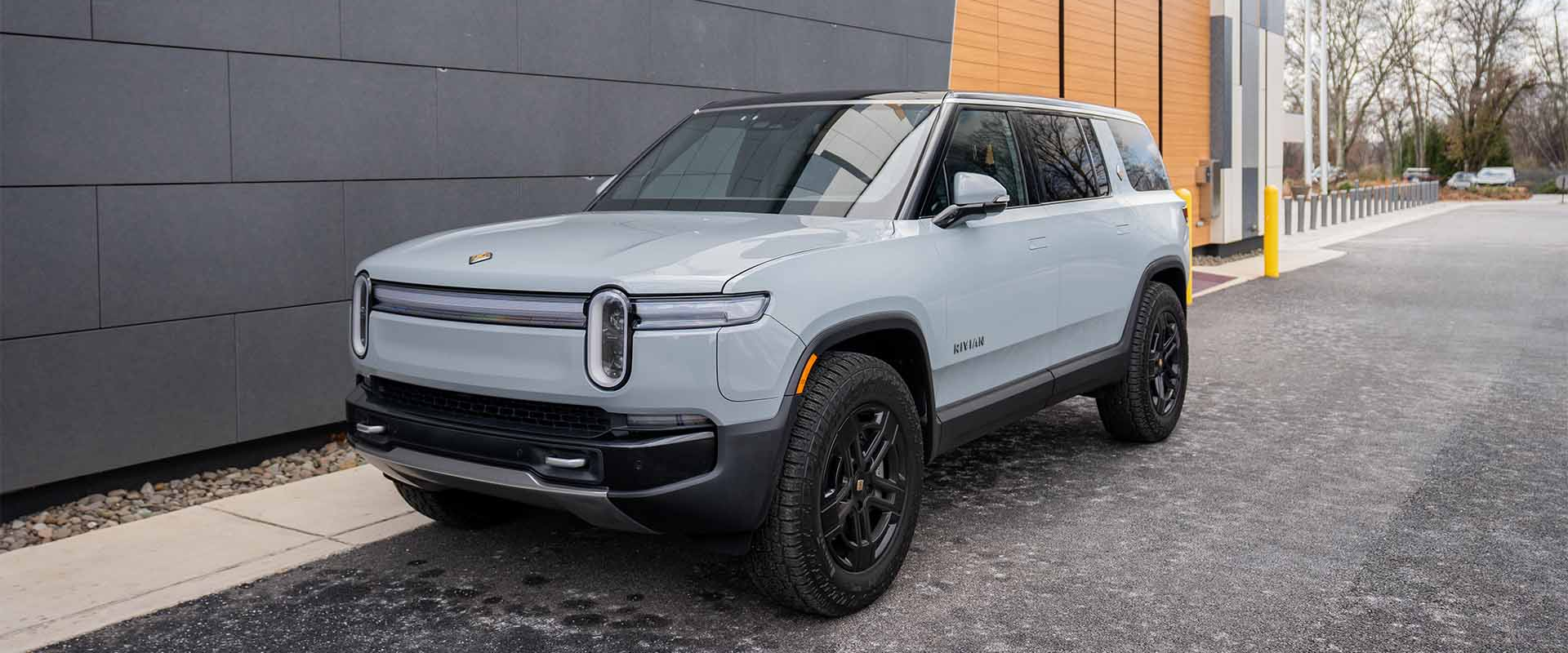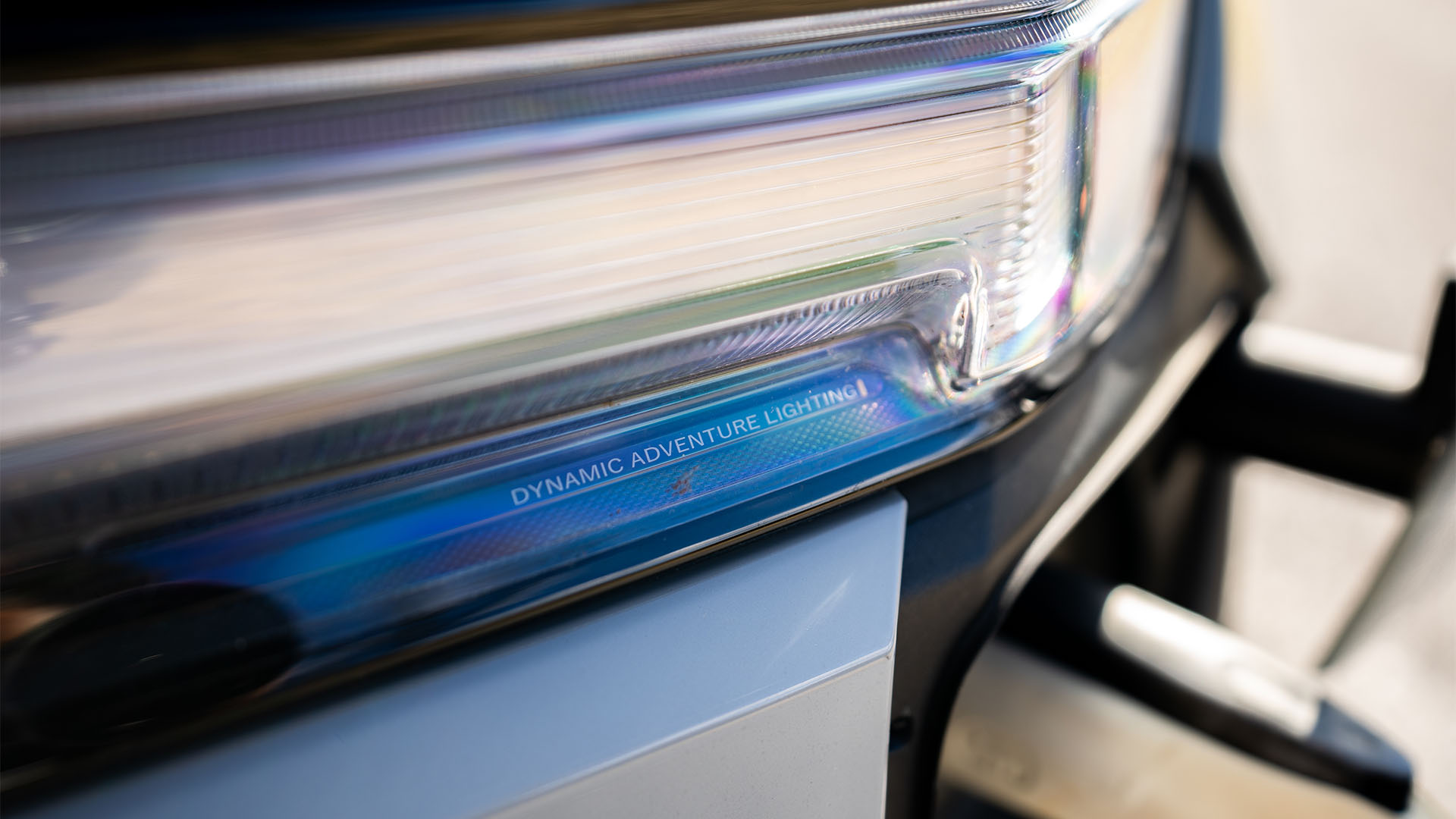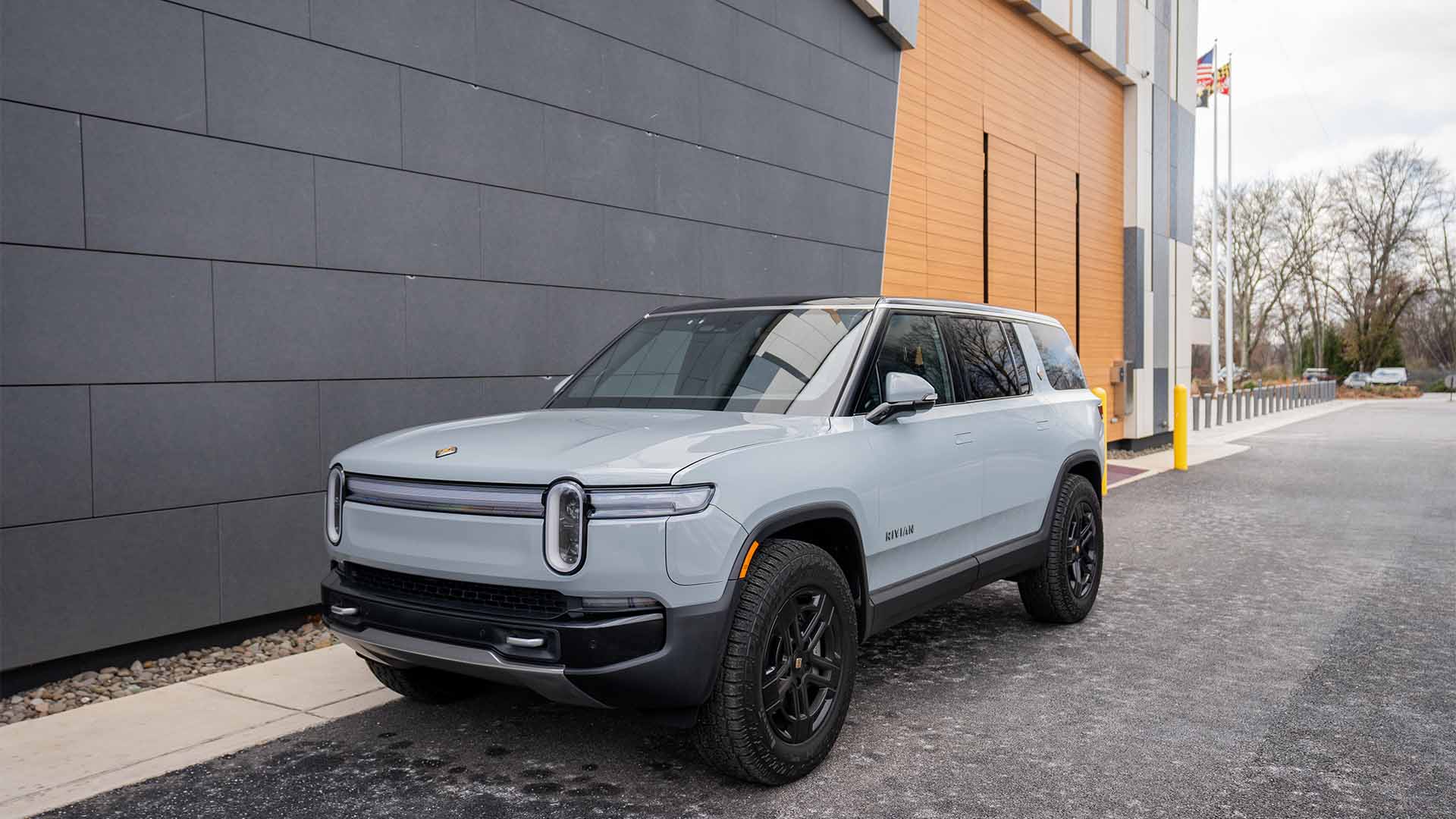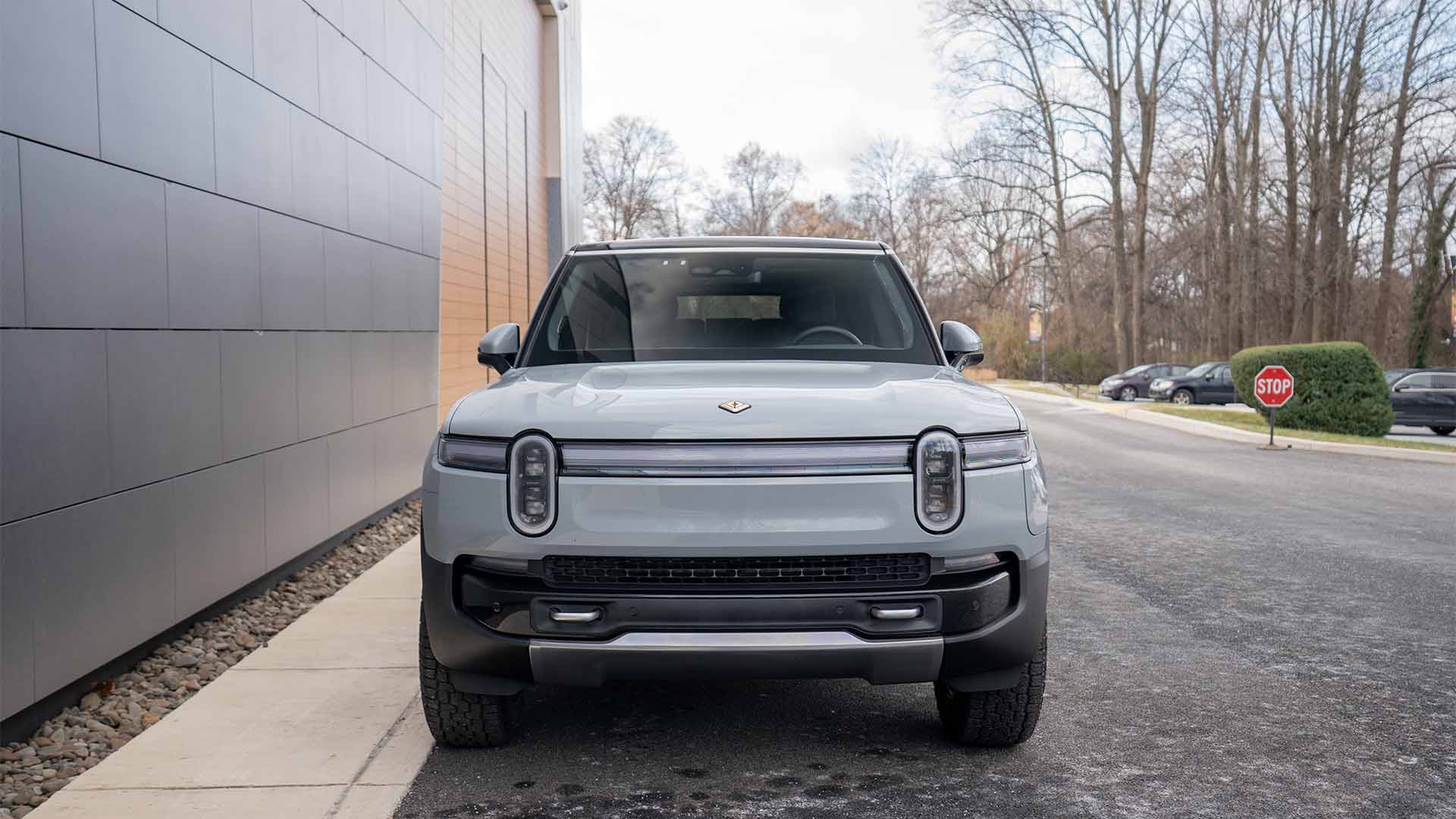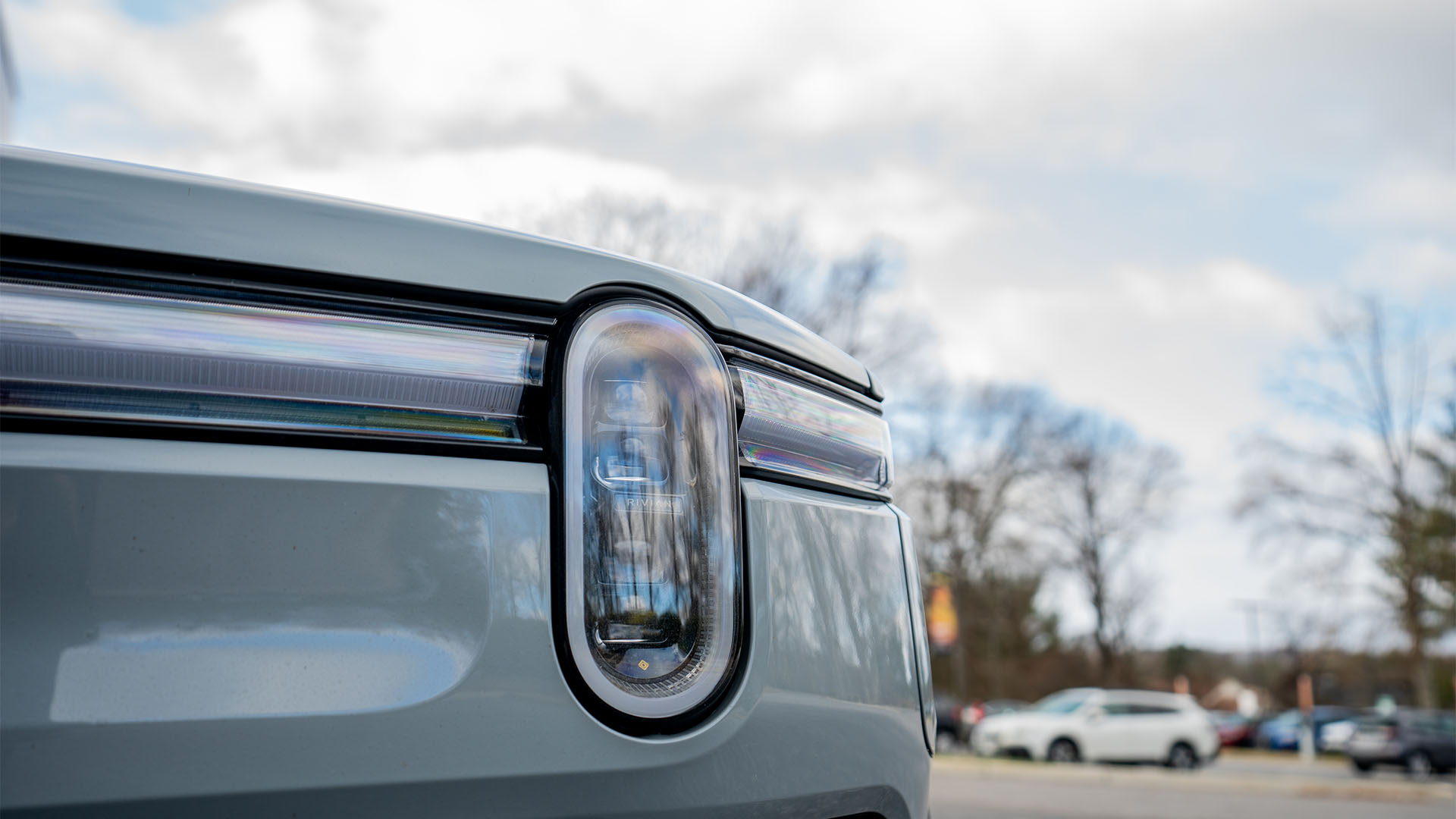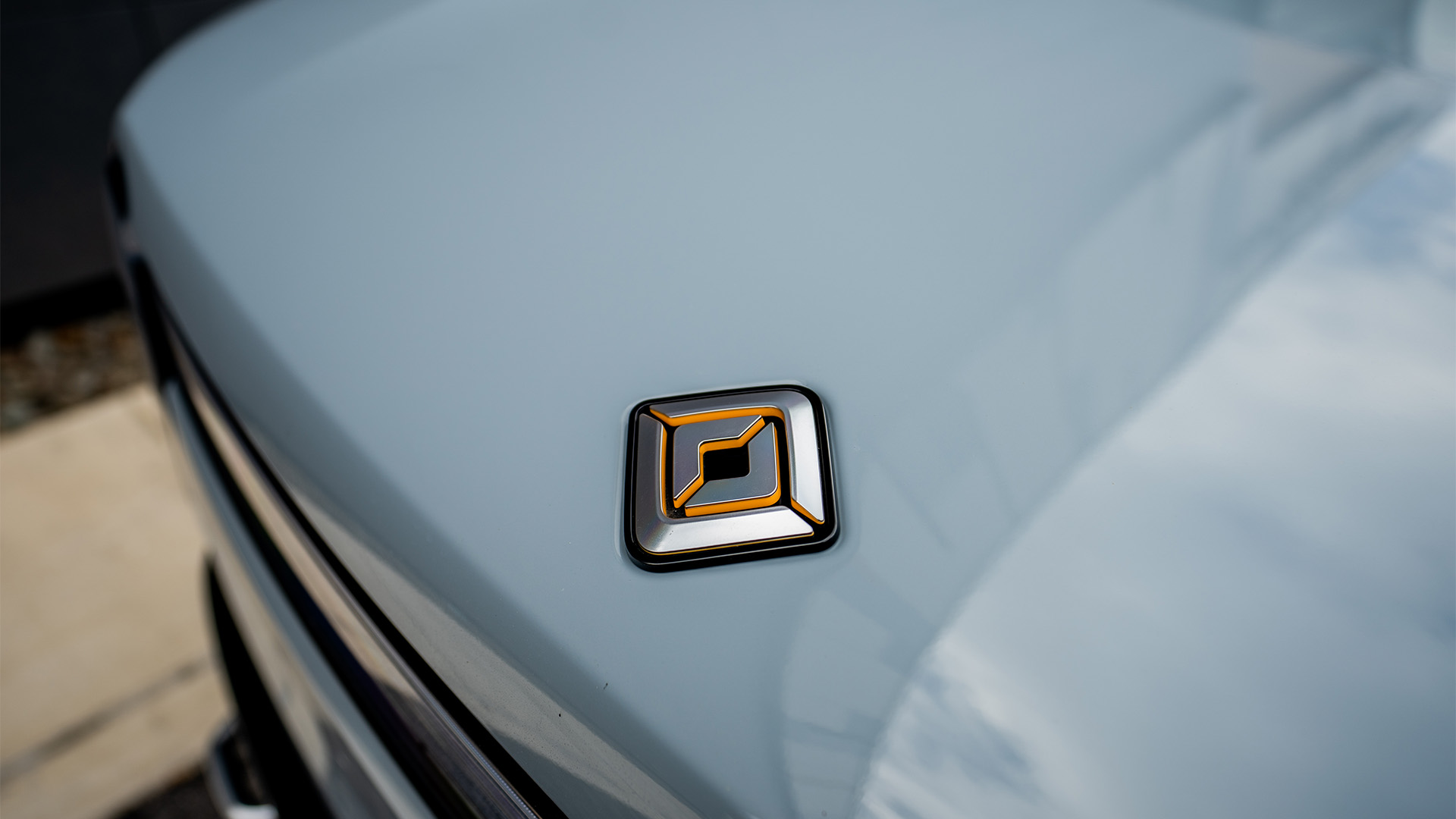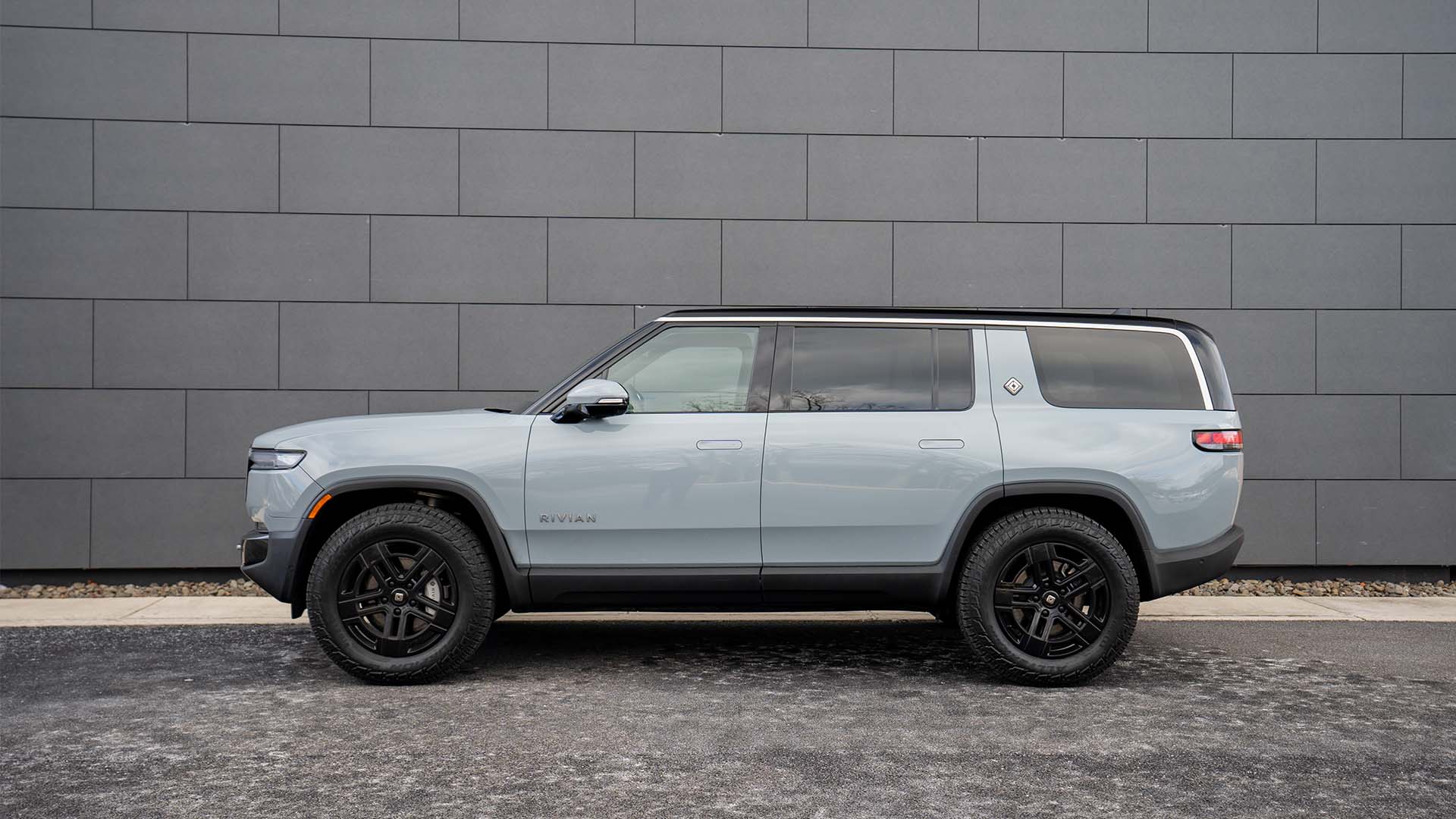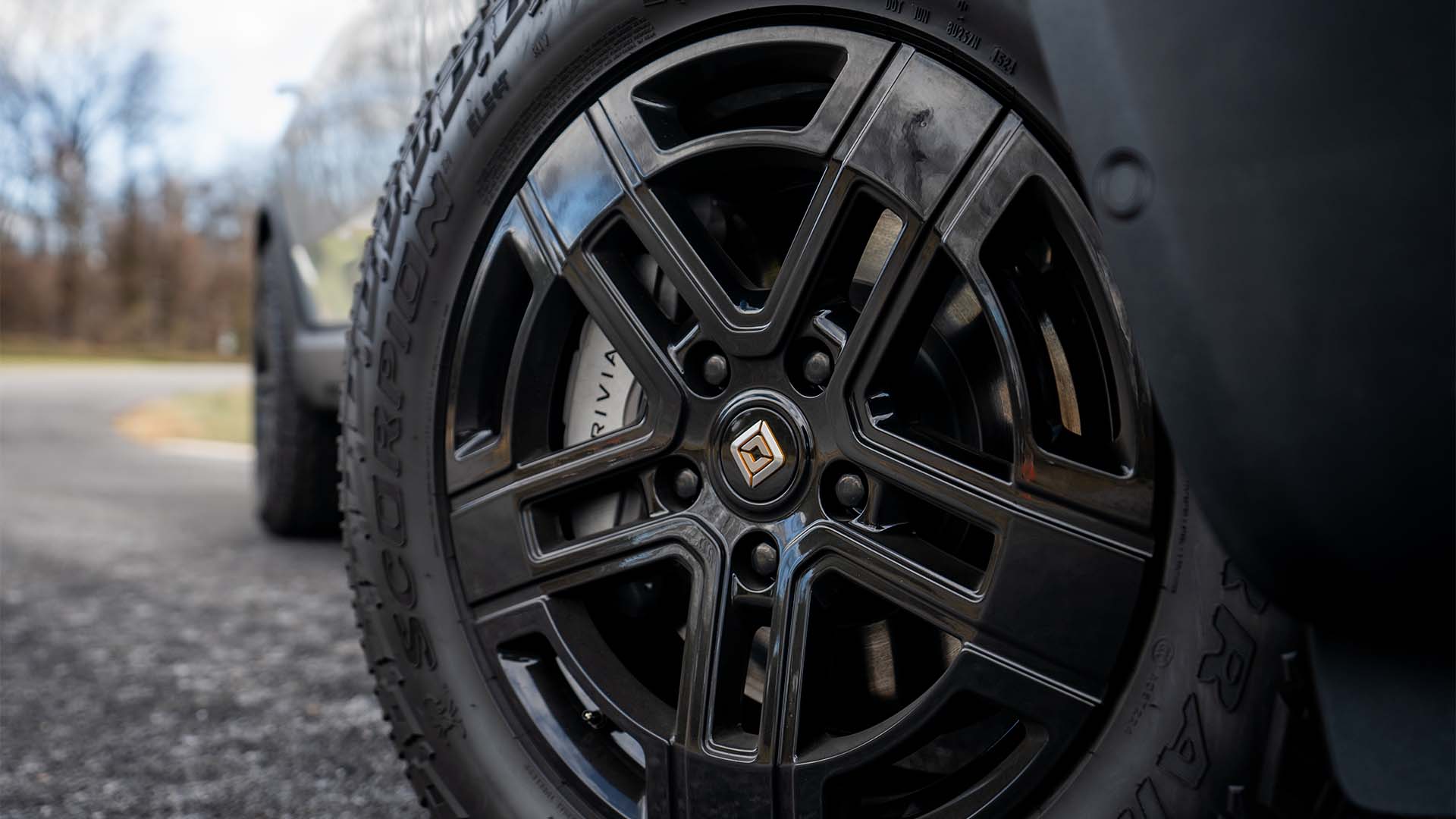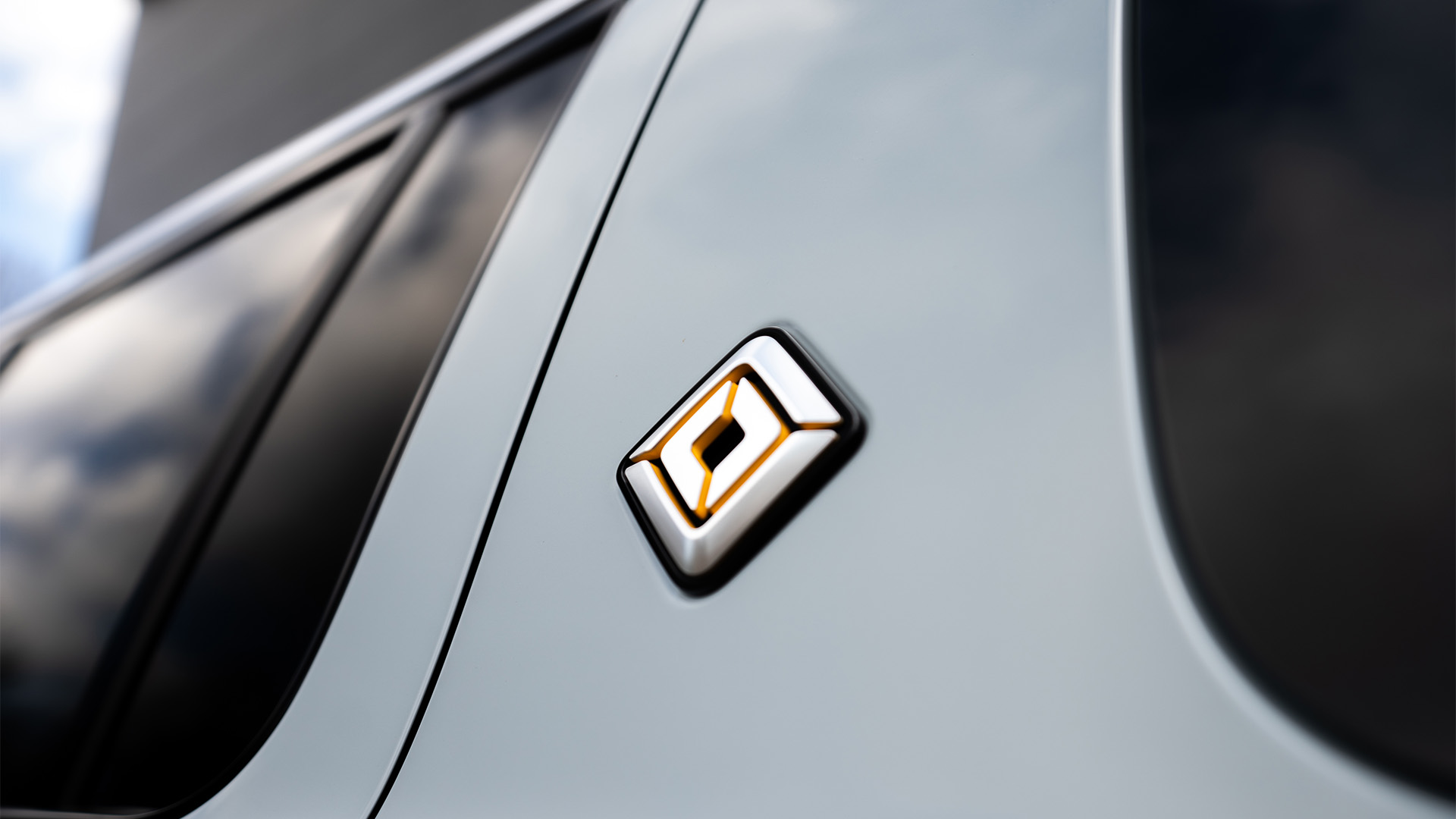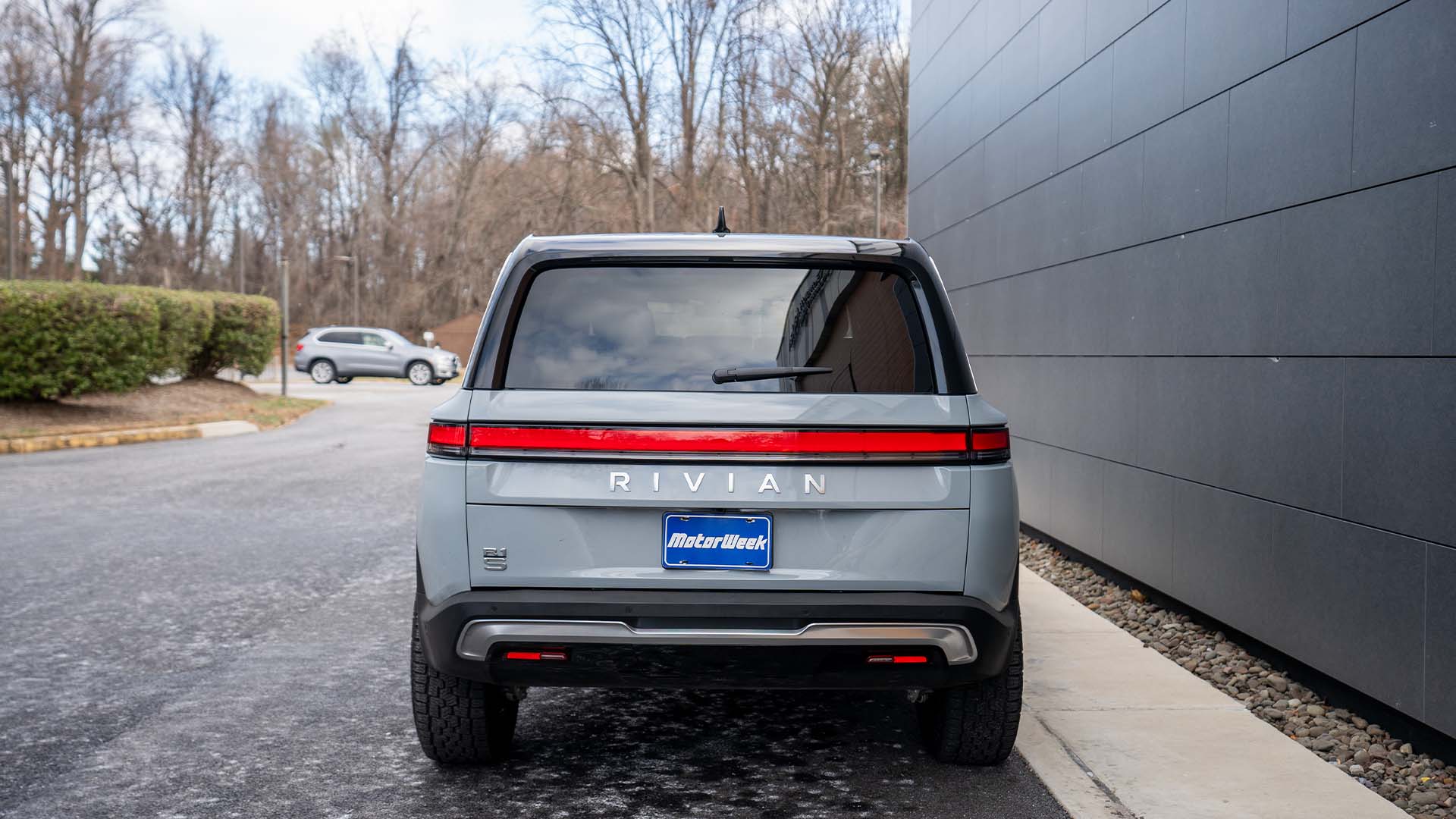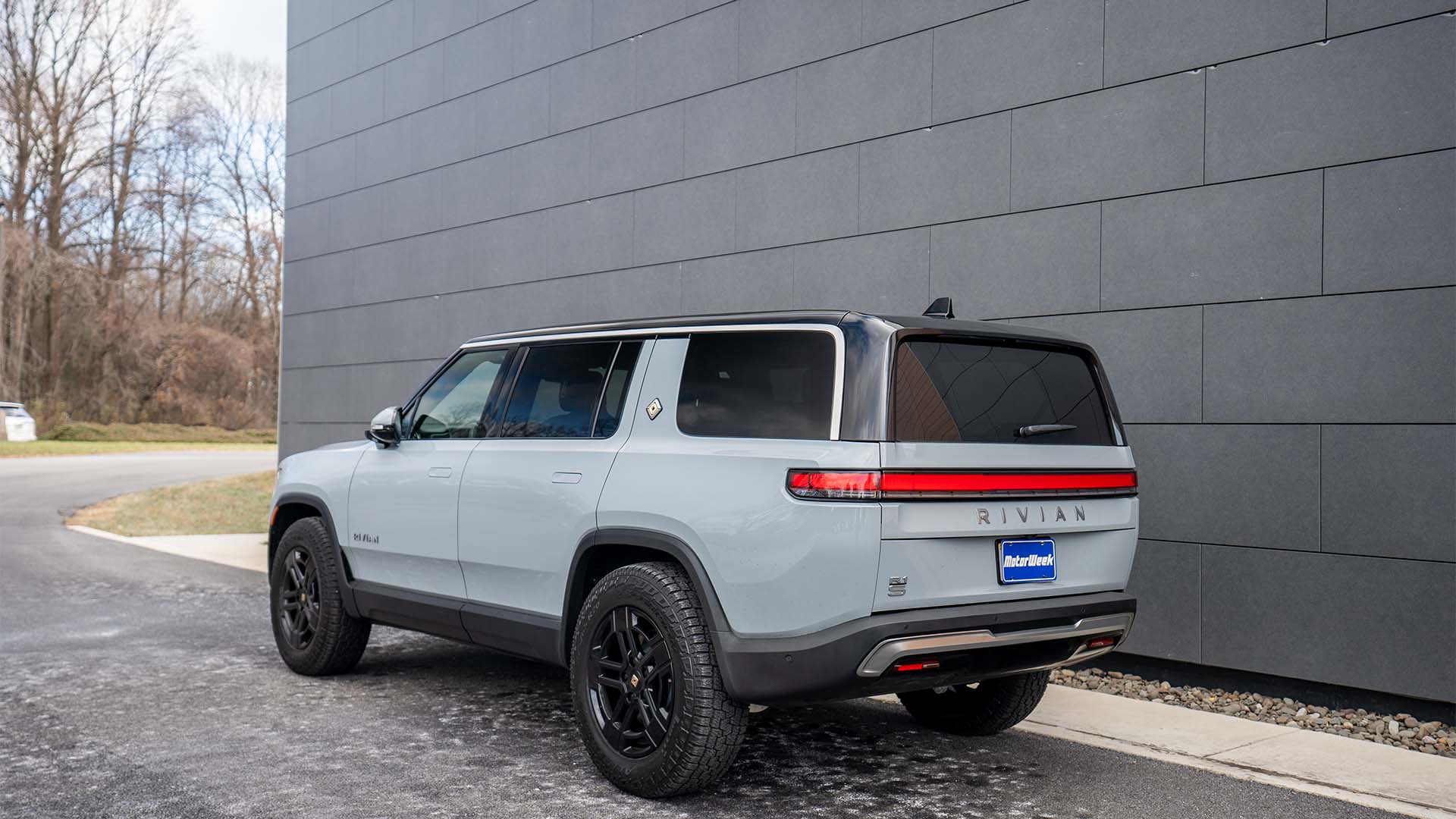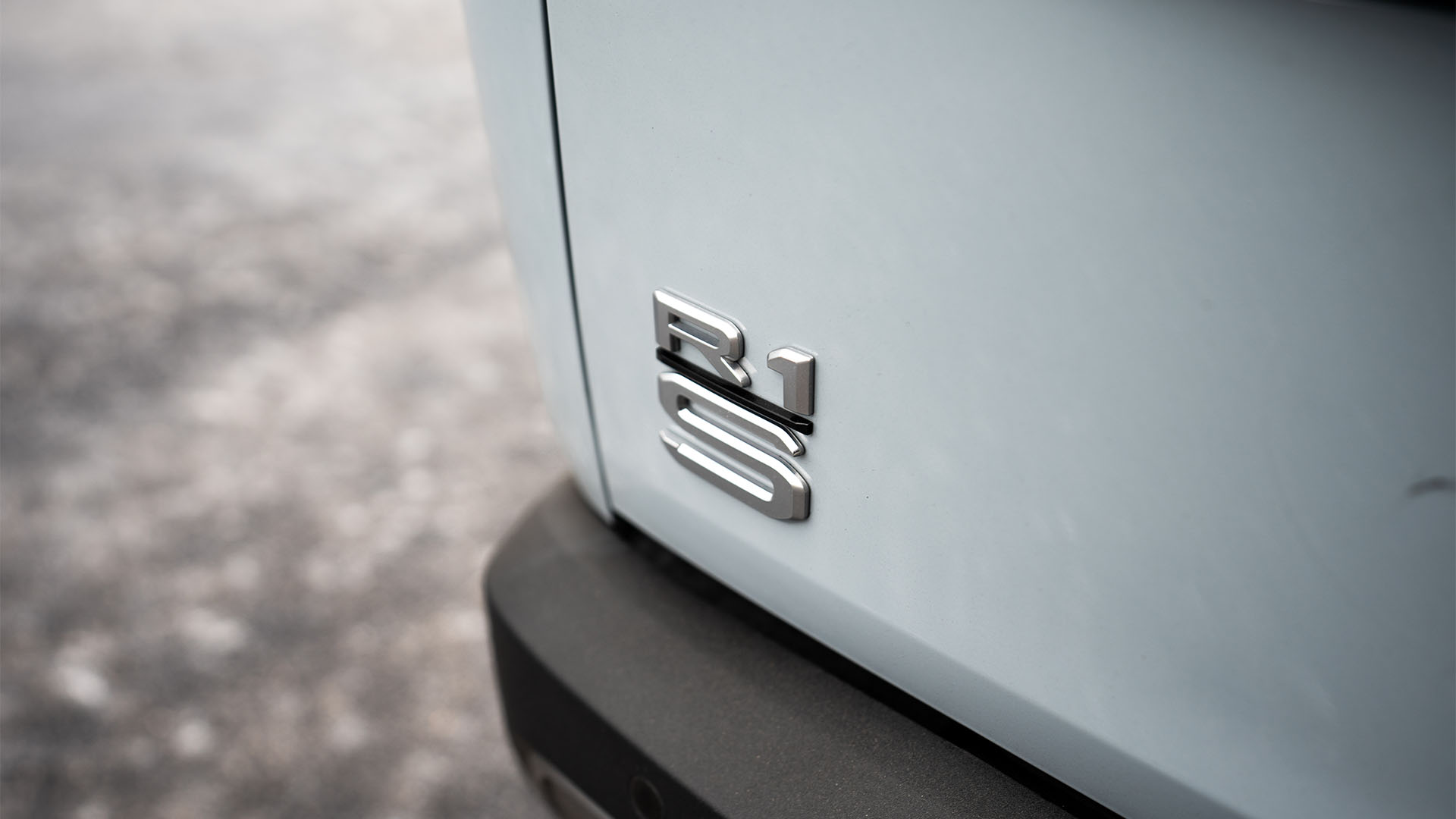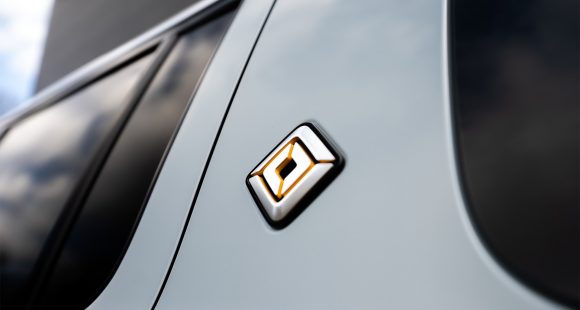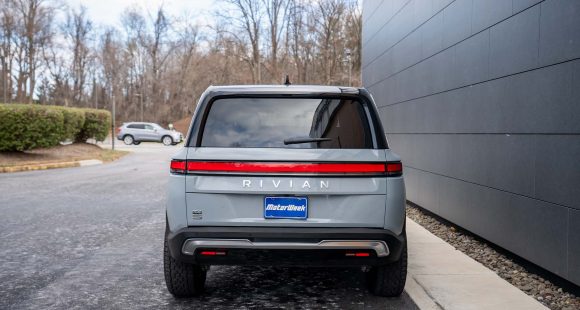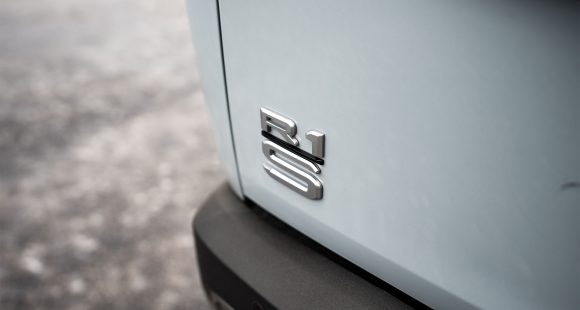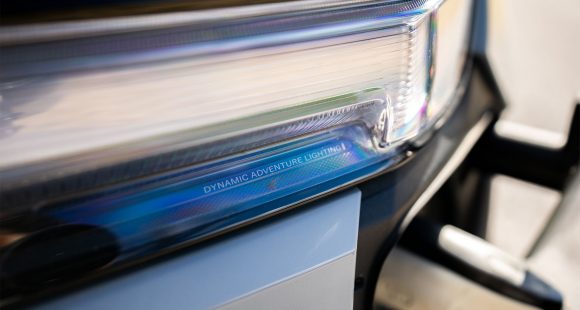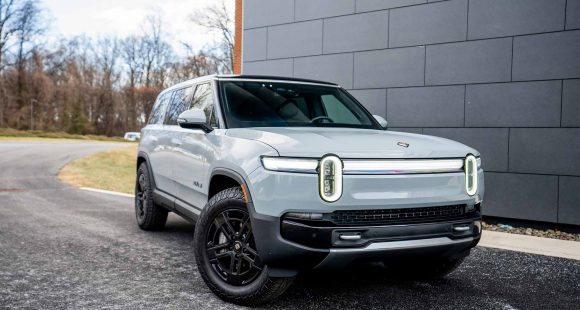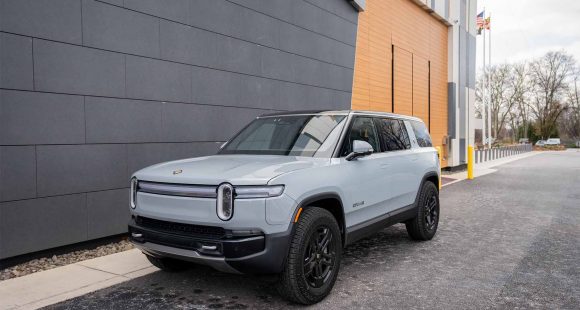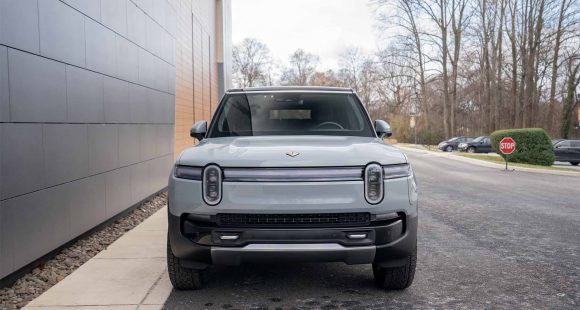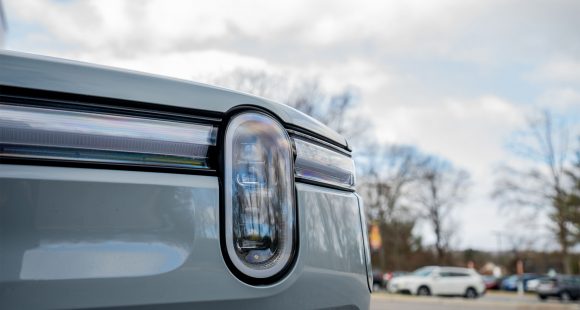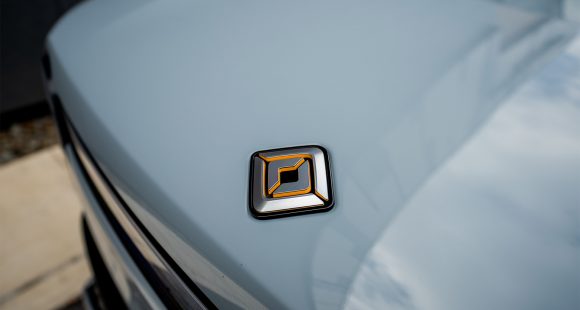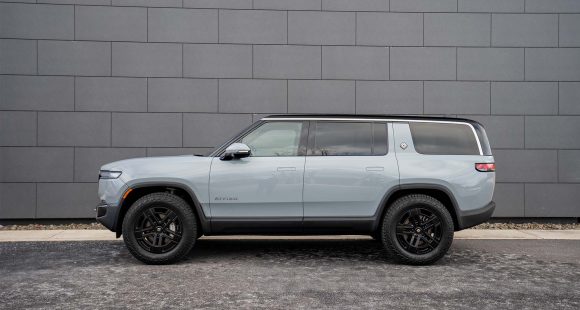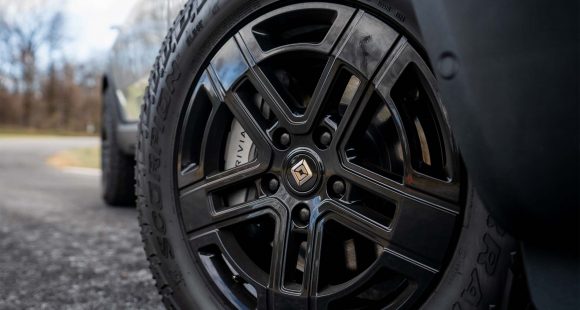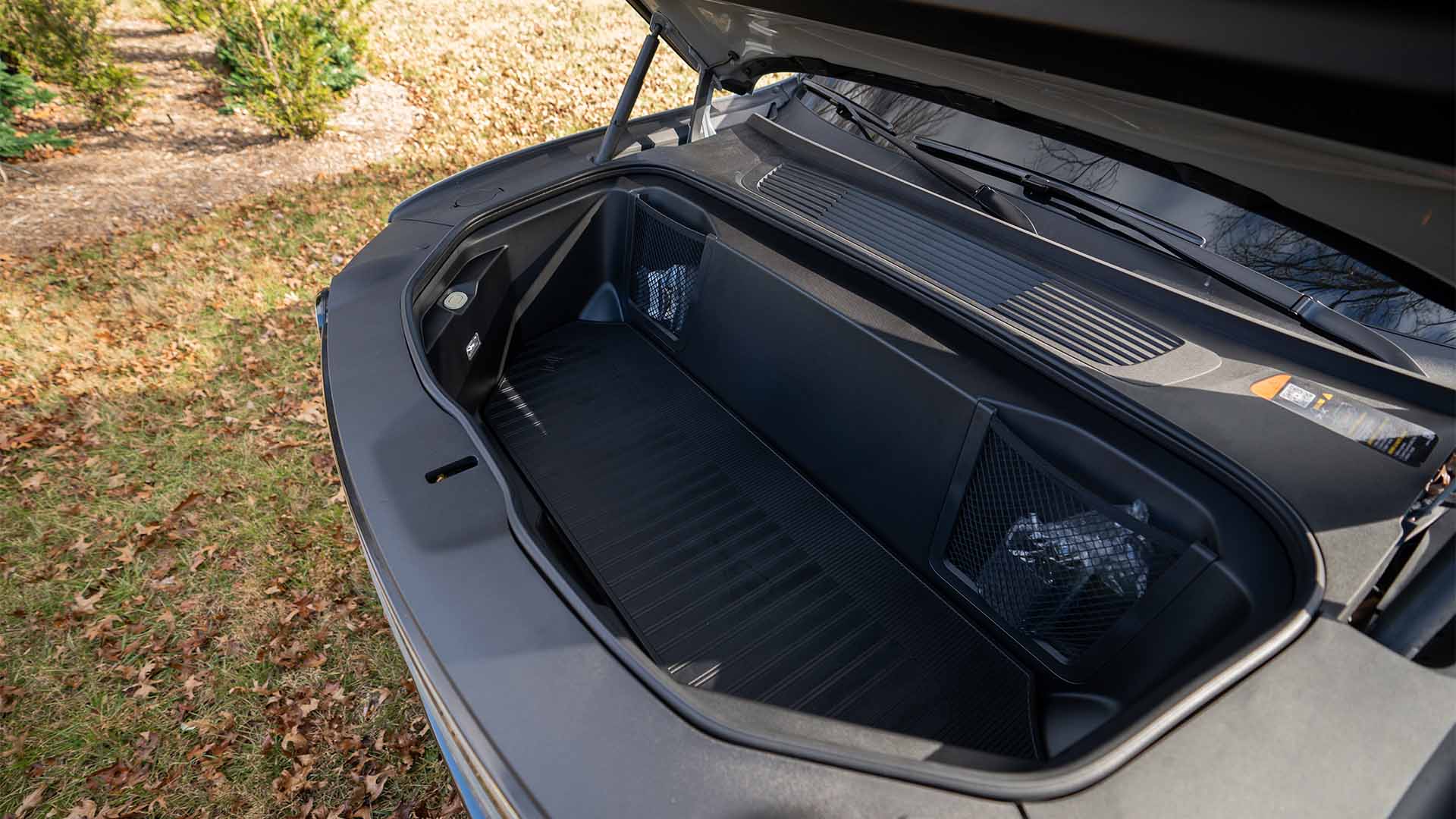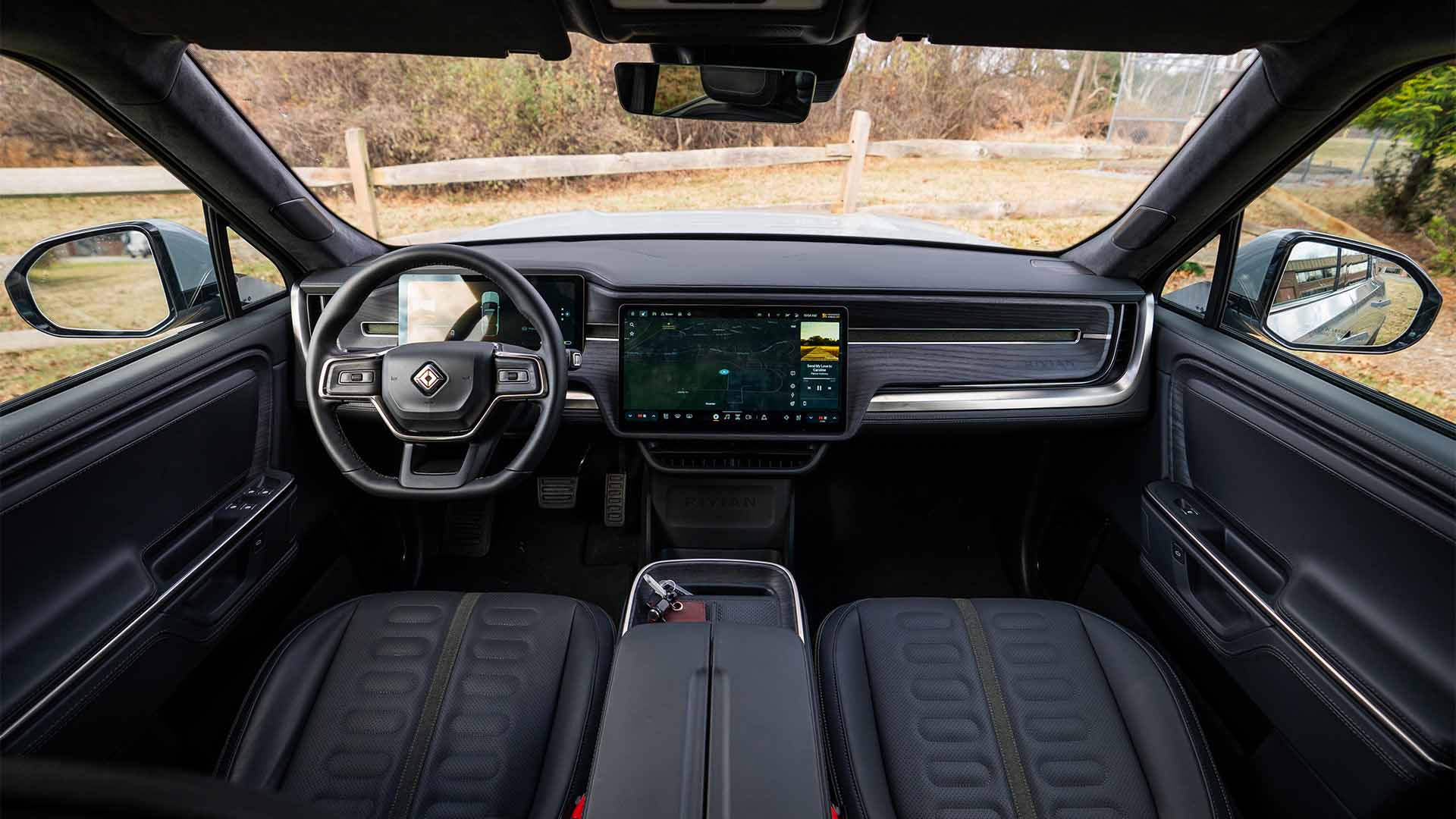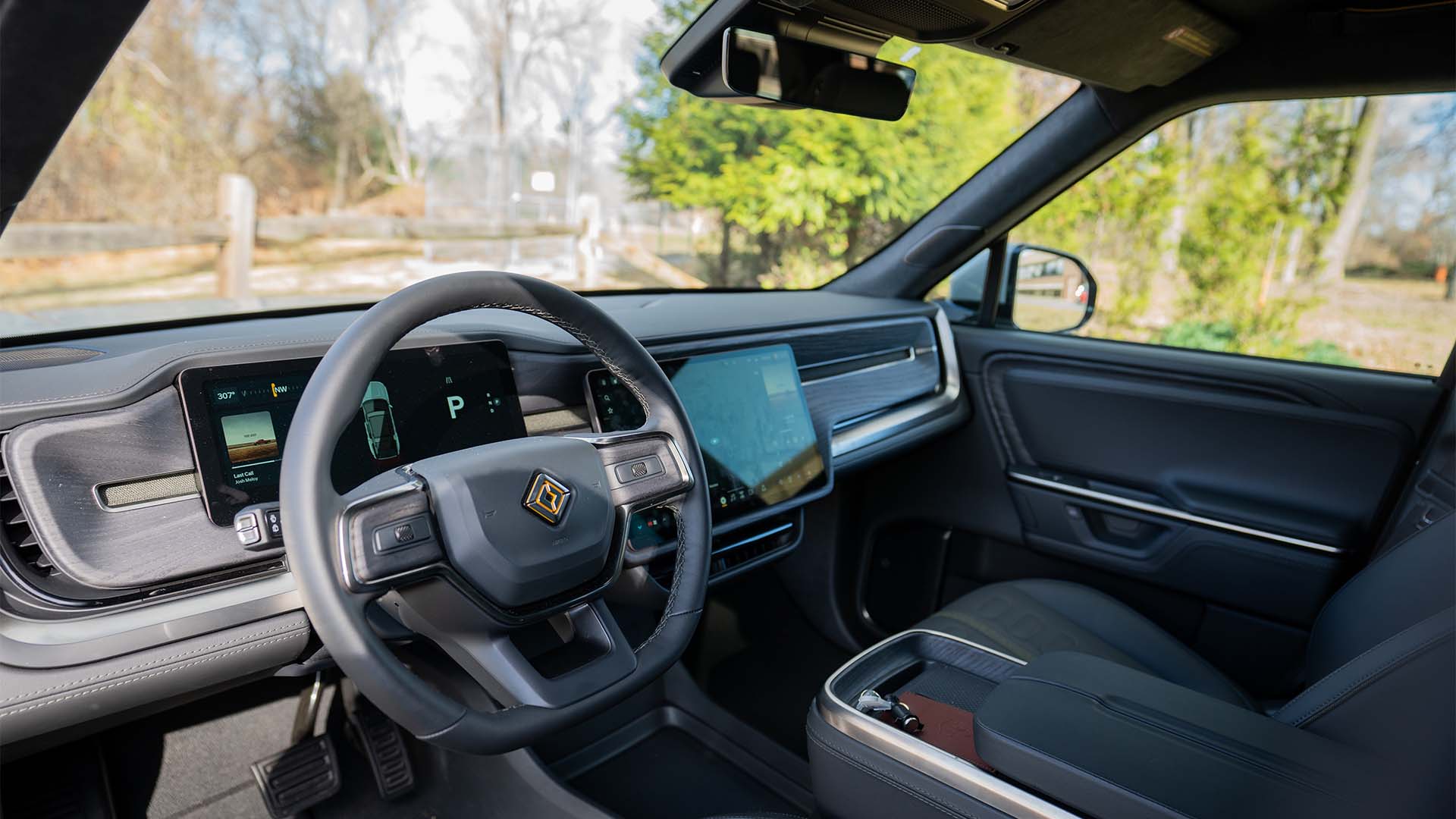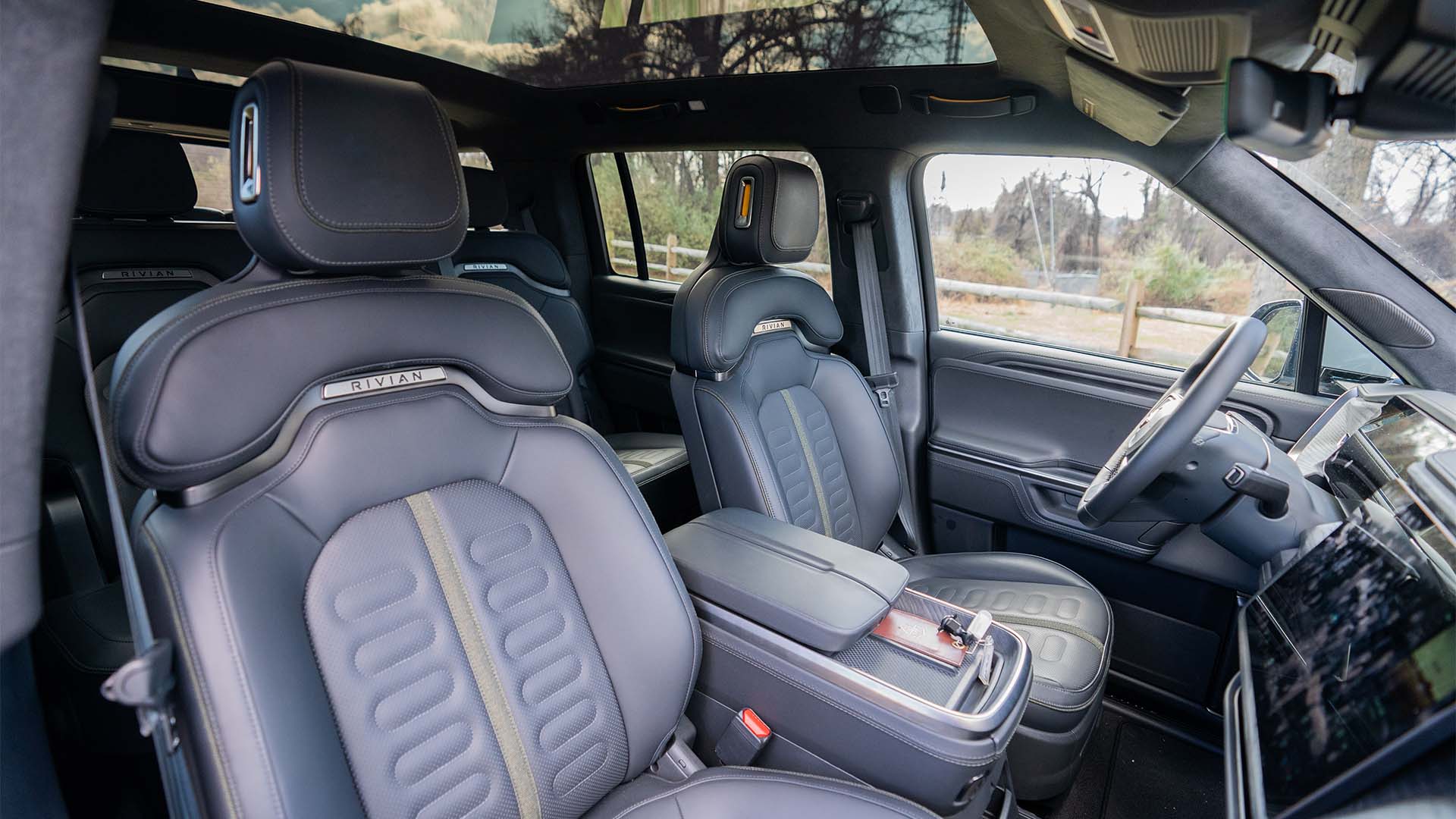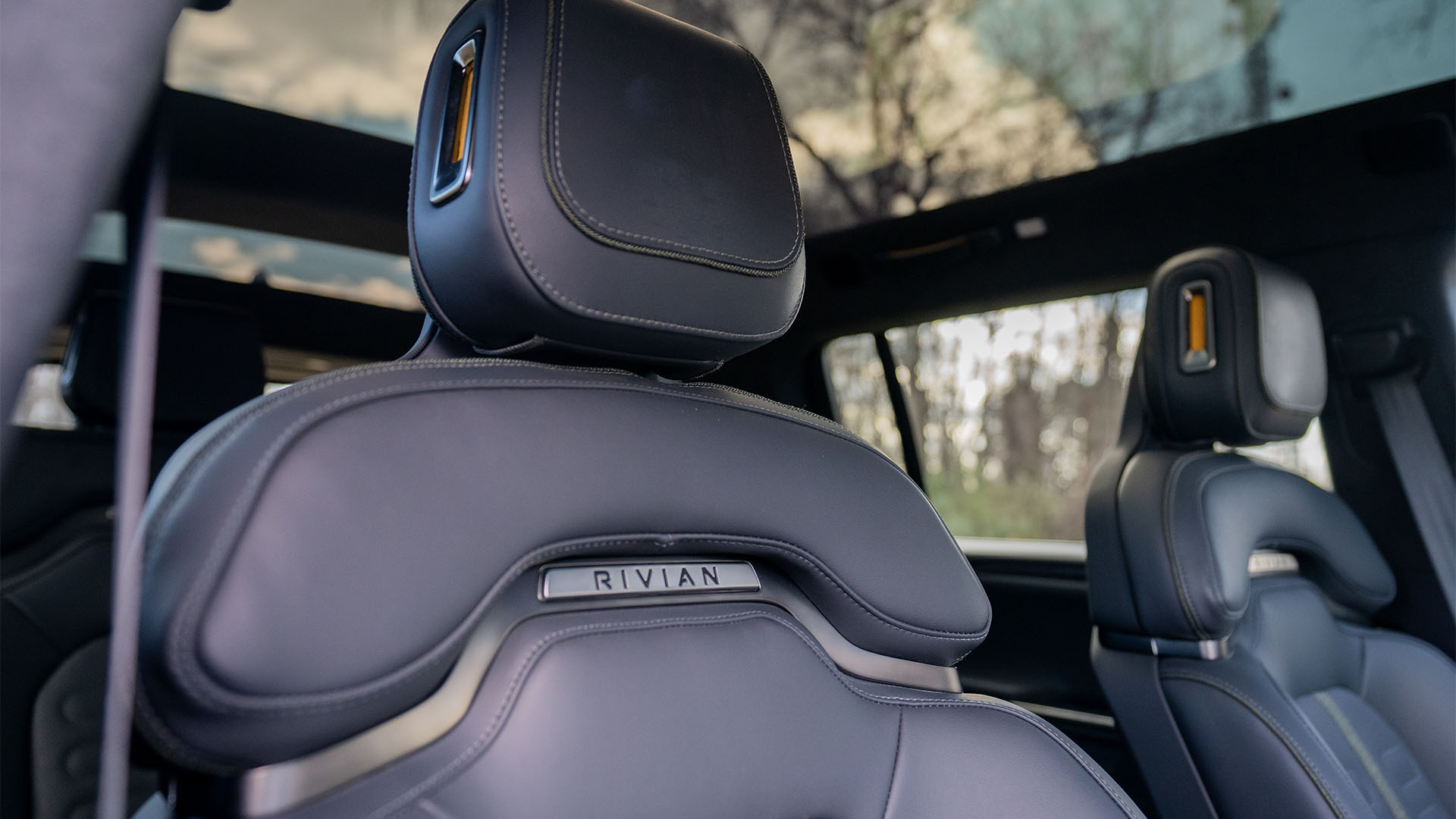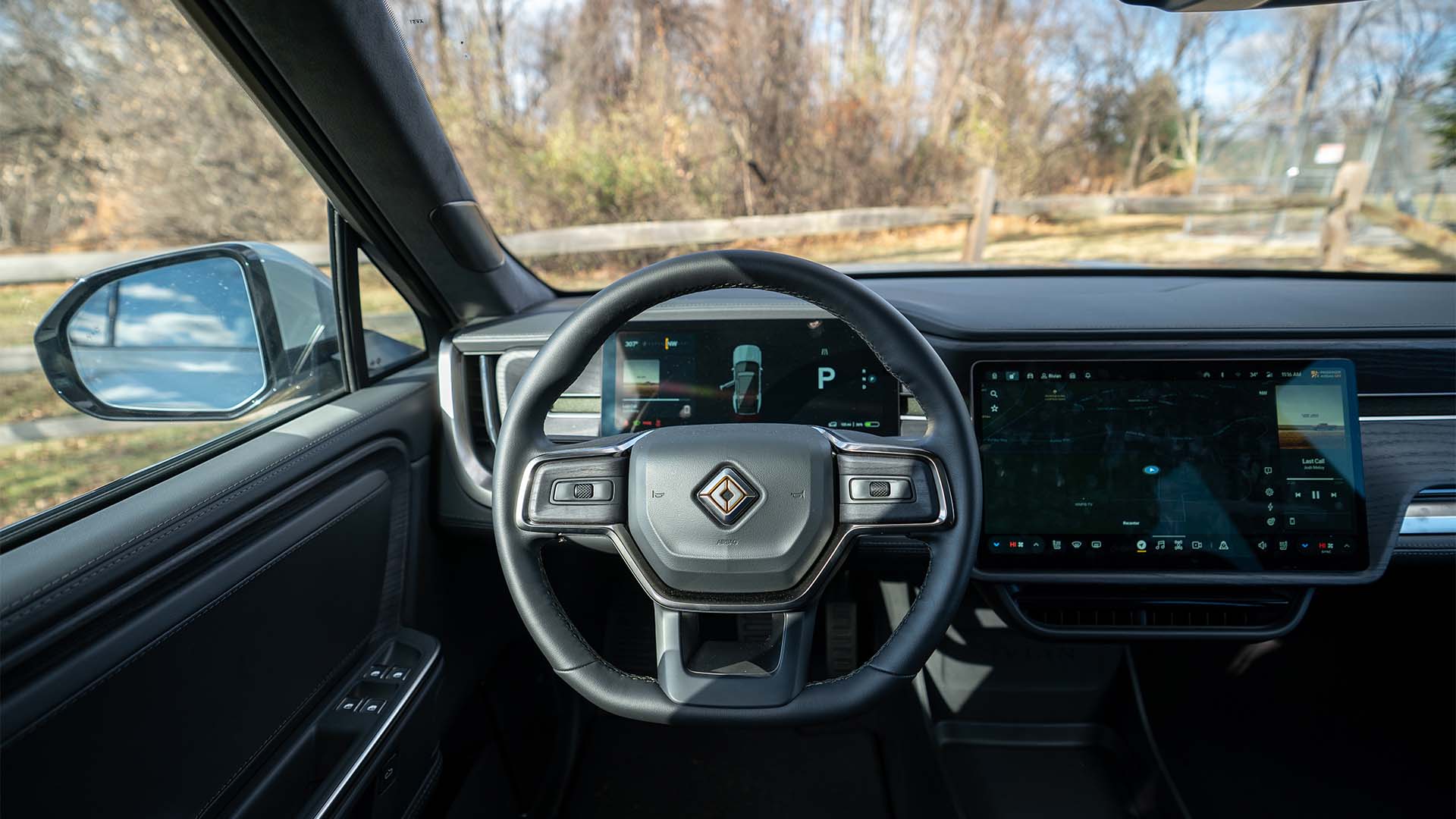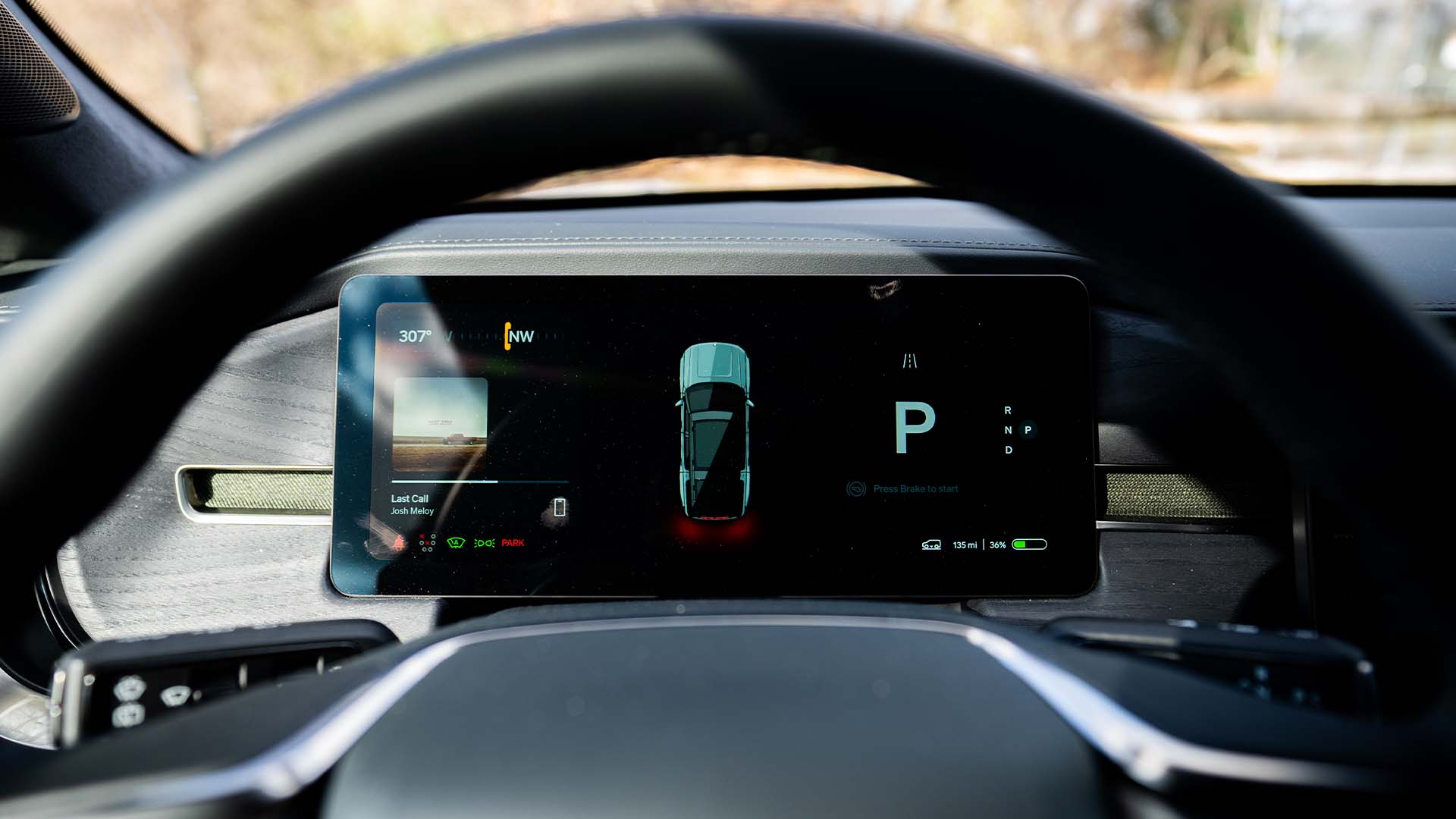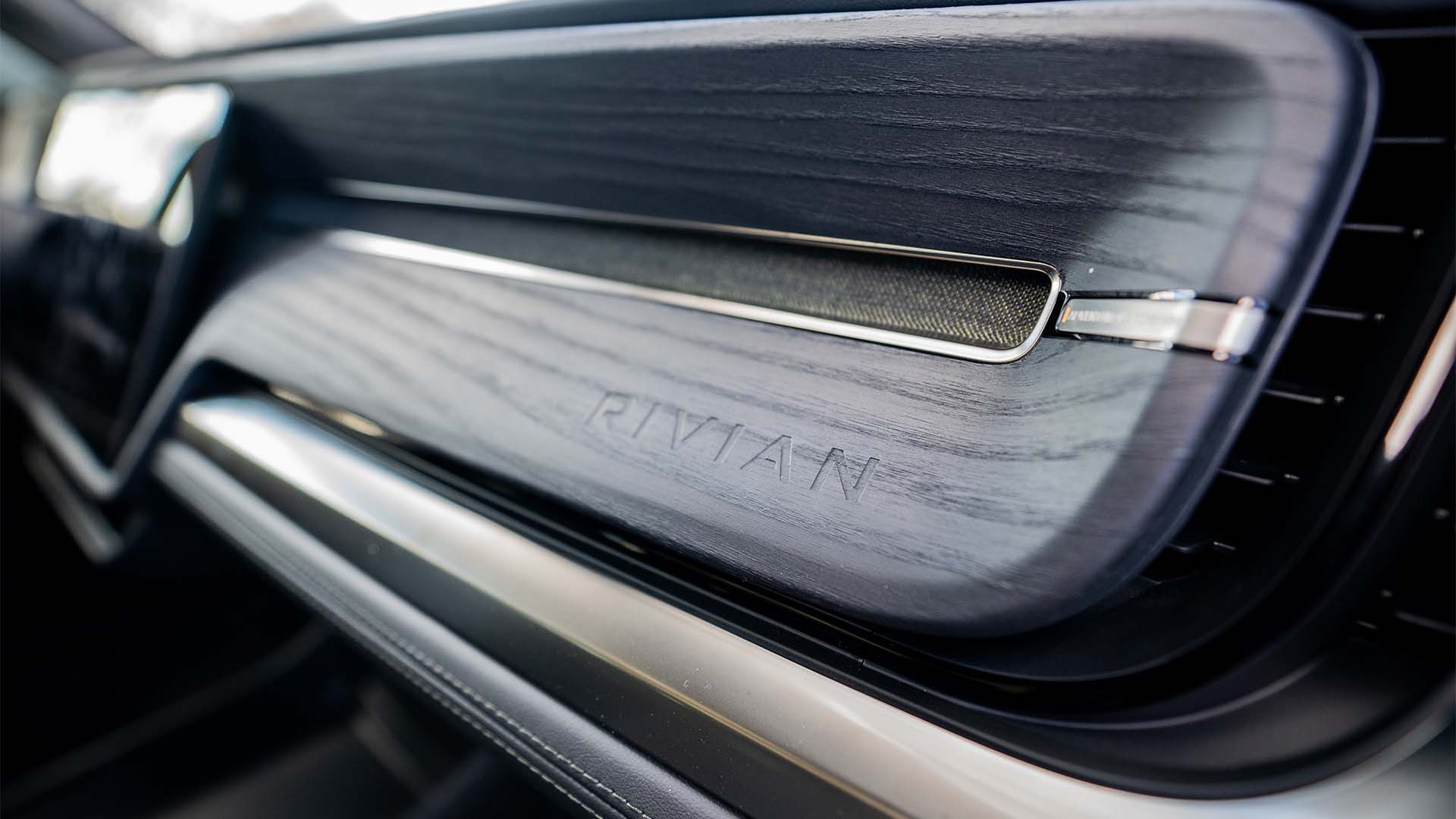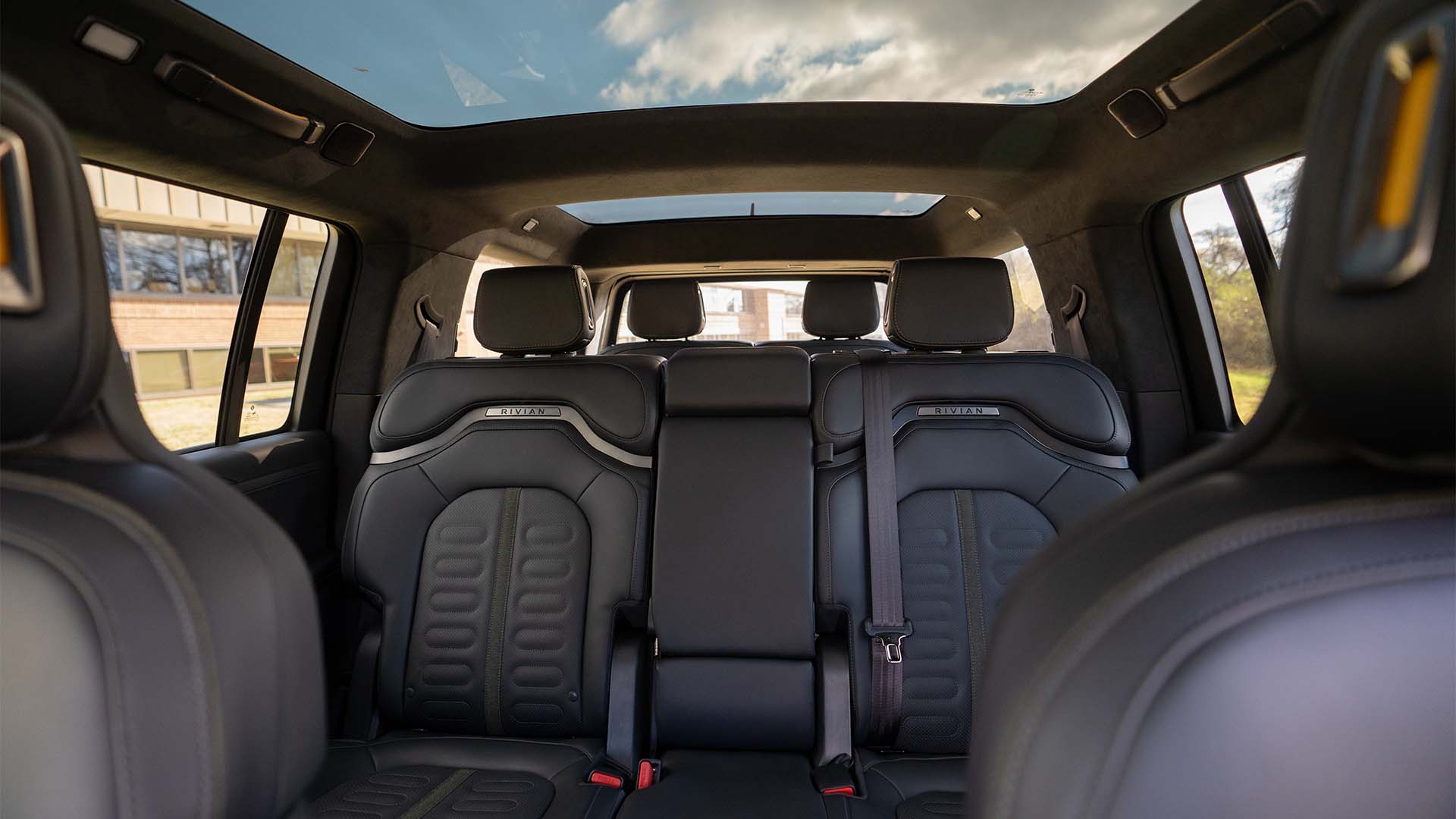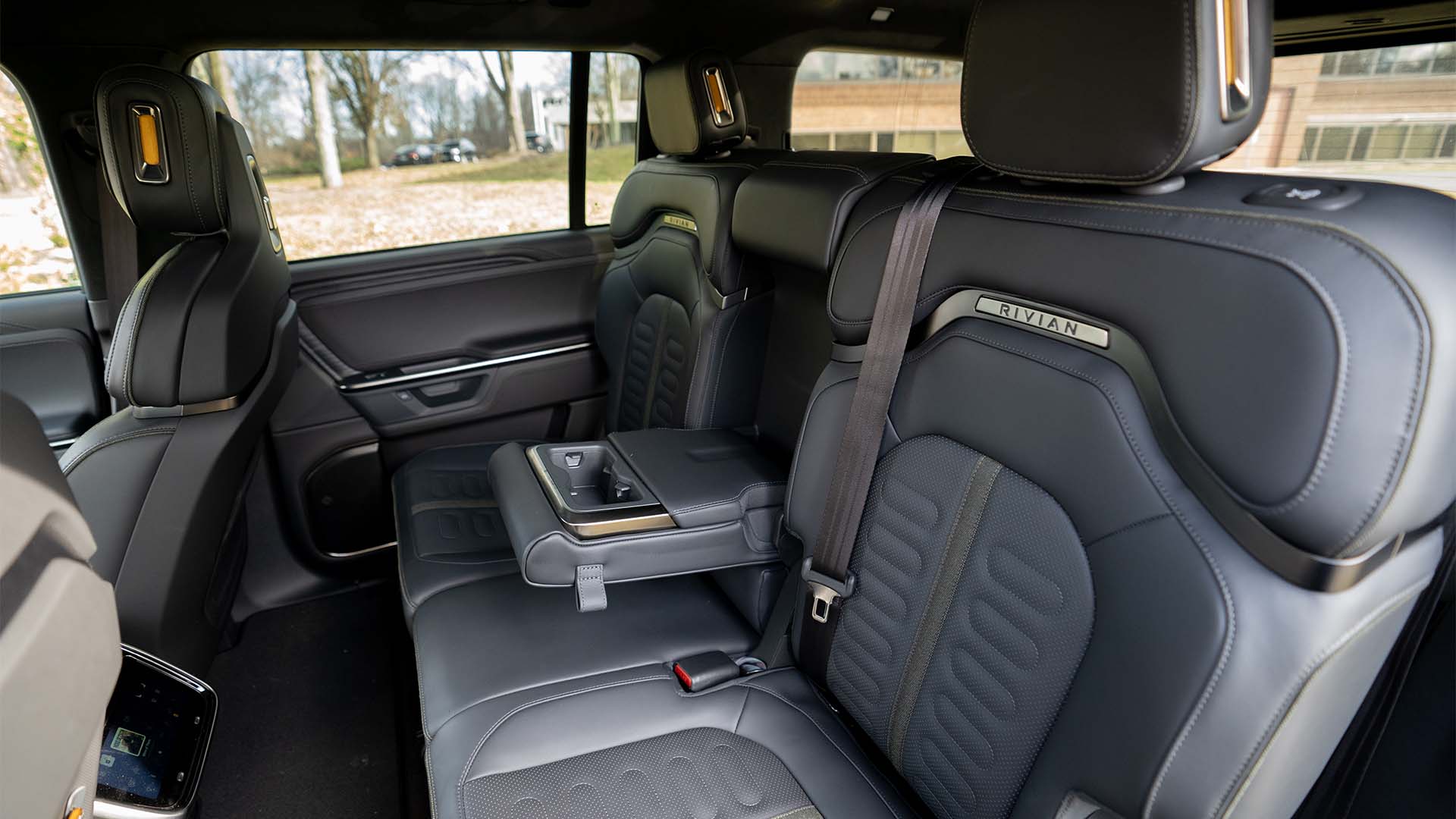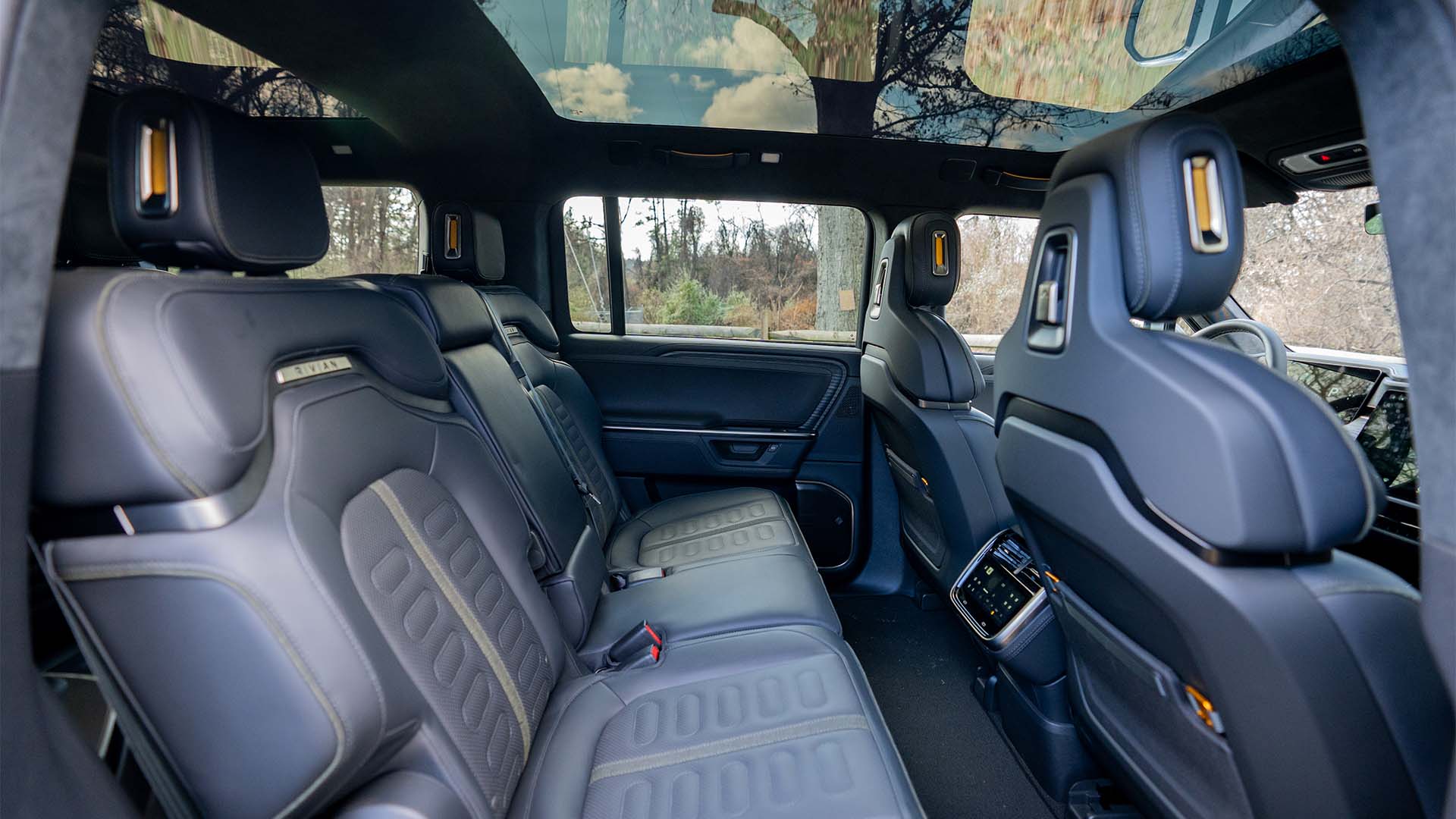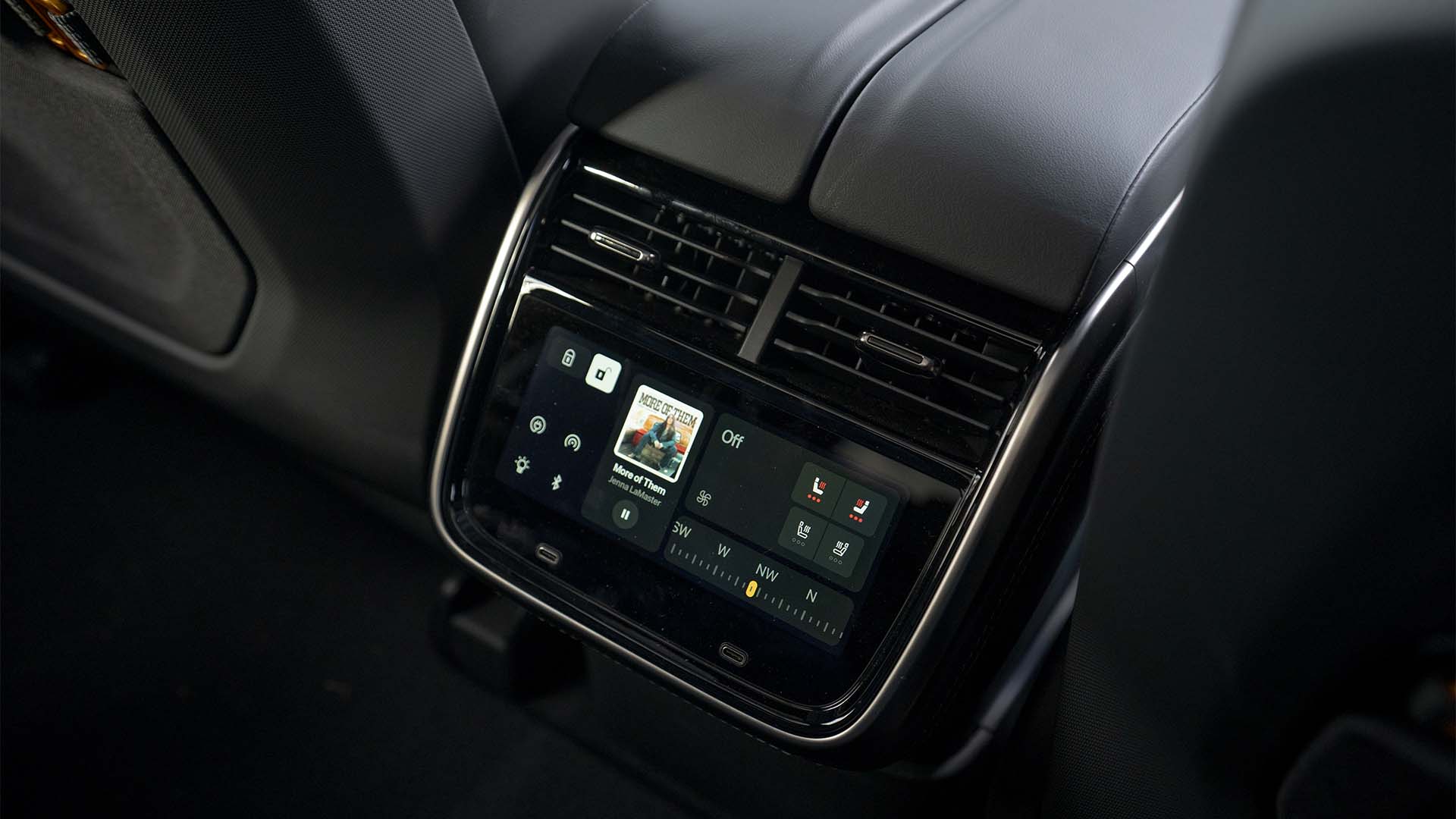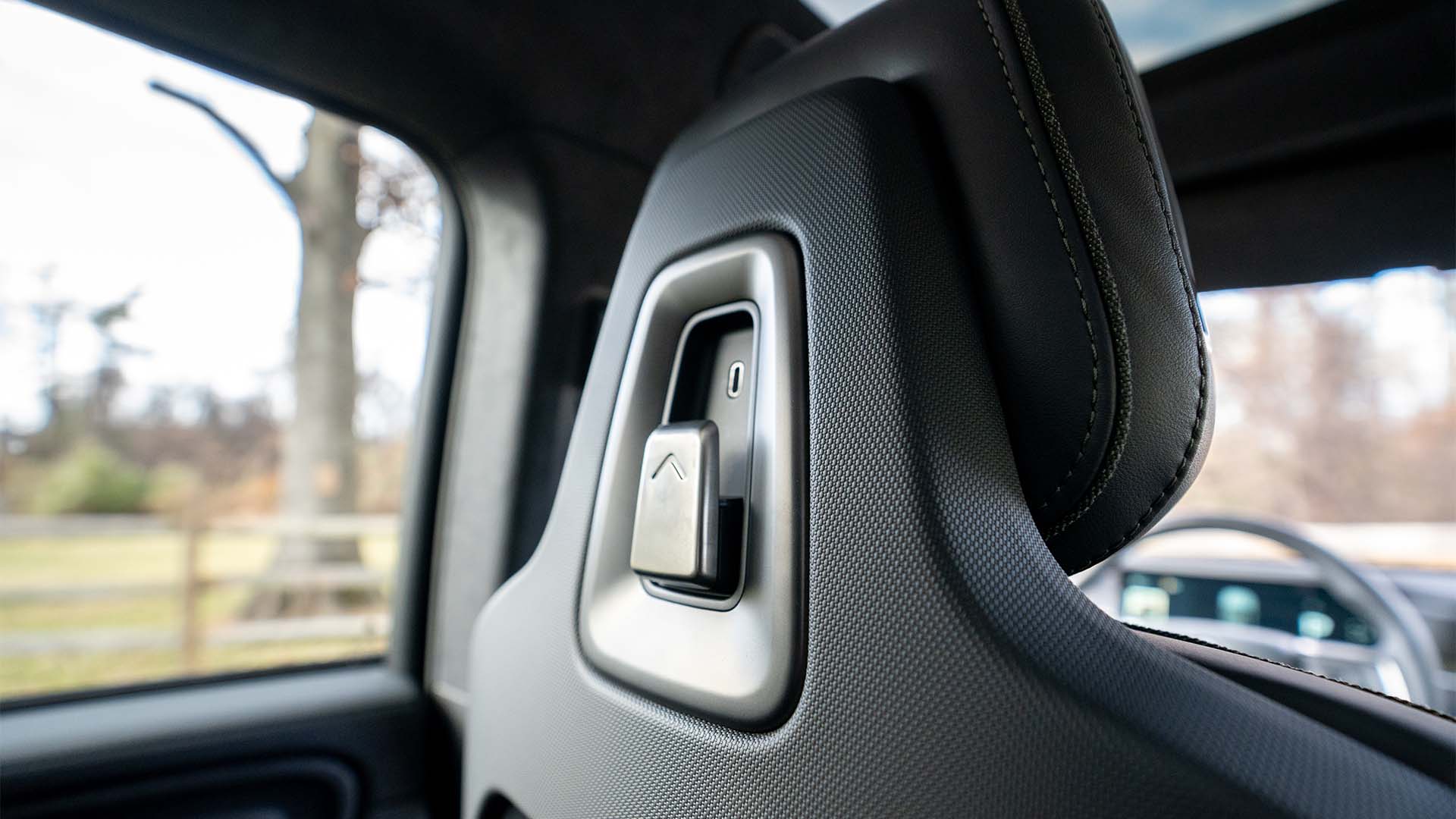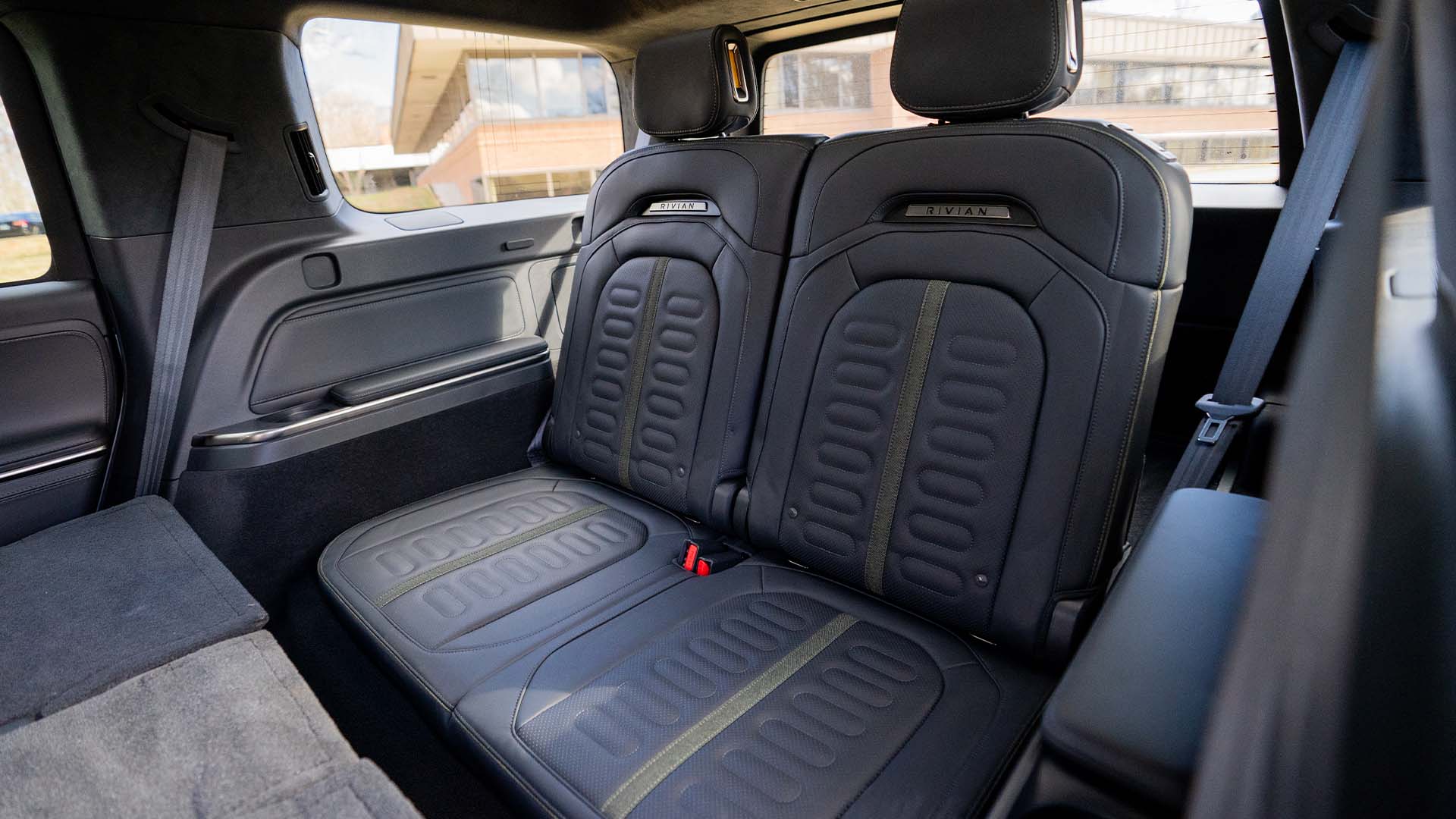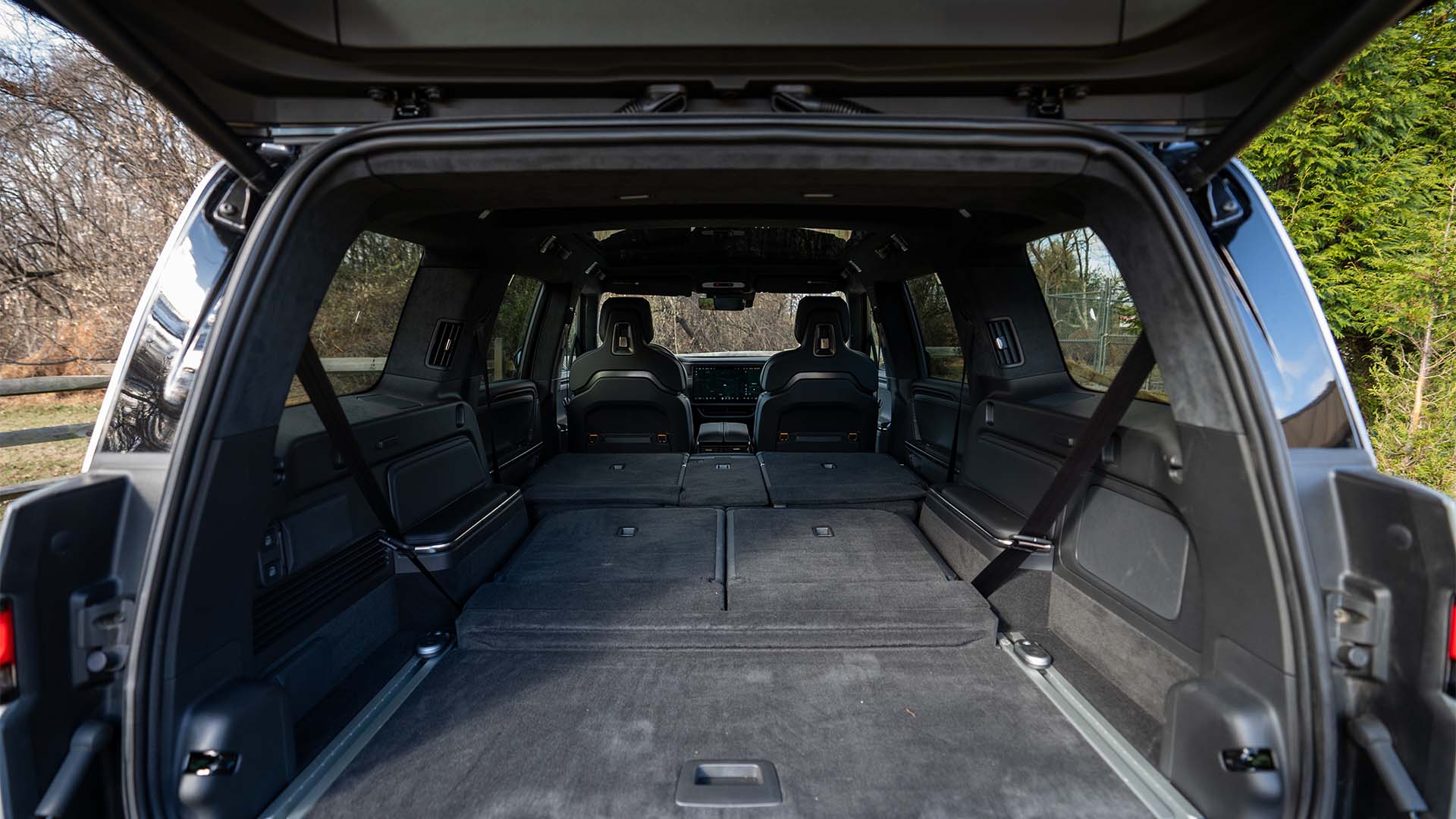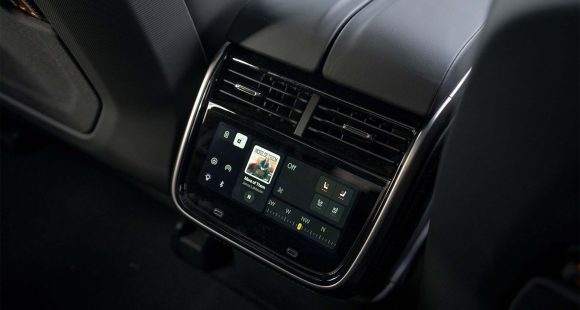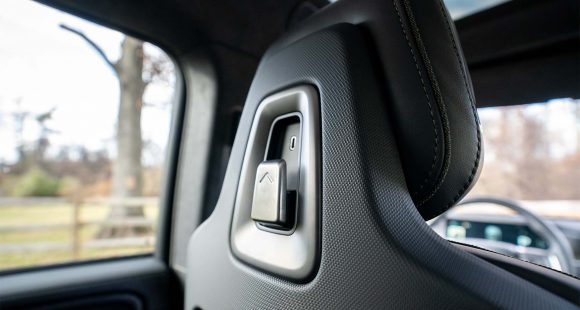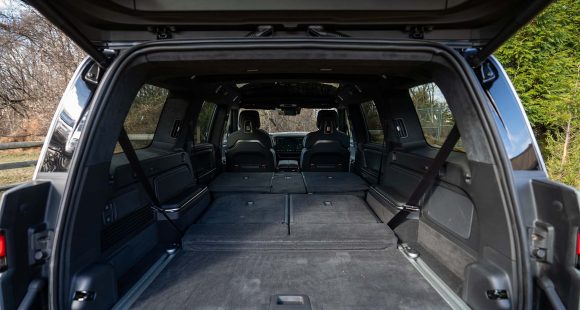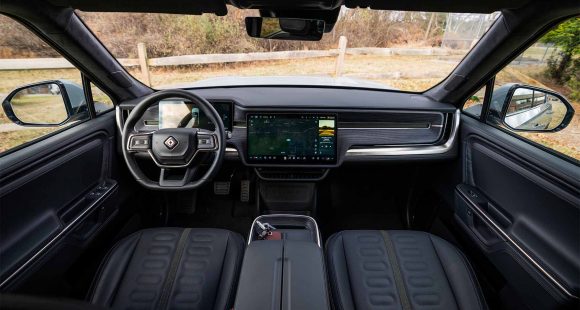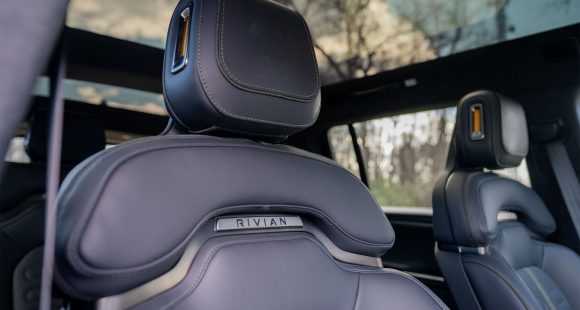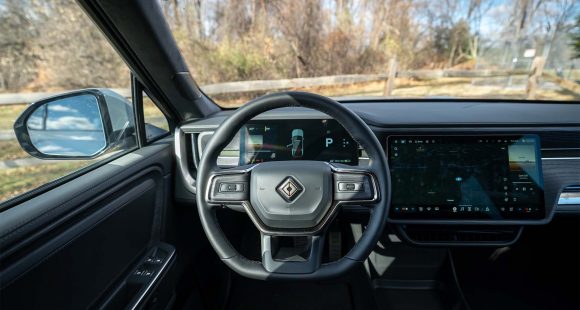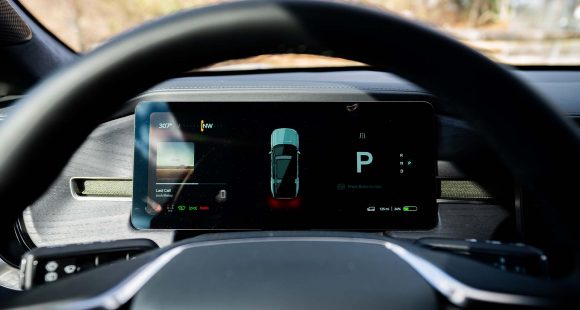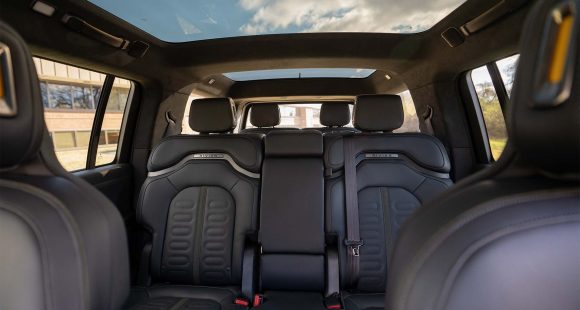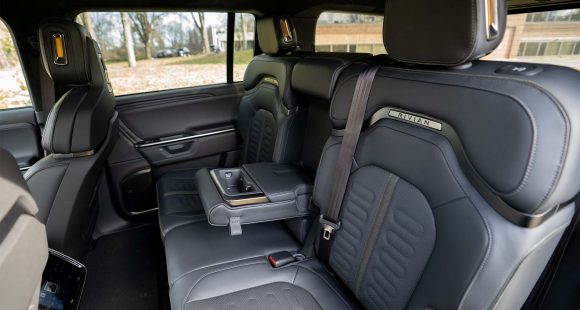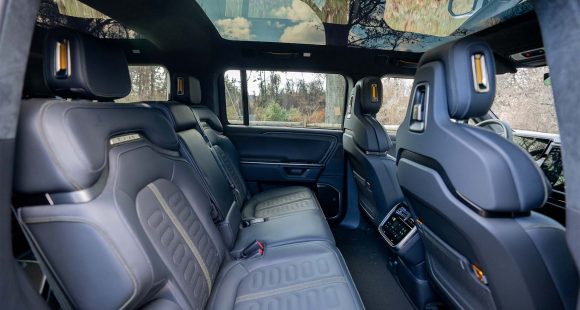2017 Mazda MX-5 Miata RF
There’s a new Mazda Miata in town, and it’s more than just a hardtop, it’s something entirely different. It’s the MX-5 RF, for retractable fastback. Now is it just a Miata that’s better in bad weather, or is it a better Miata period? Well, we feel it’s our duty to get to the top of it!
Sports cars have been in a bit of a slump lately, though the Mazda MX-5 Miata has mostly been immune. But just to ensure the excitement meter stays pegged; for 2017, Mazda has something special for all of us, this Miata RF.
Much different than the previous gen’s Power Retractable Hard Top, this Retractable Fastback features a somewhat complicated design that somehow works very smoothly, and stores the center section of the roof only, in the same amount of space as the soft top, leaving trunk capacity exactly the same. You could call it a Targa, but Mazda chose not to.
 It’s much better in every way than the previous hard top. And as sharp as it looks with it up, we can see a lot of style-conscious fans buying it for that reason alone.
It’s much better in every way than the previous hard top. And as sharp as it looks with it up, we can see a lot of style-conscious fans buying it for that reason alone.
The RF also includes some additional sound-deadening material, so engine and tire noise are more tempered, a plus if you’re planning longer trips.
The RF looks much different in profile of course, unique enough that it wasn’t instantly recognizable as a Miata to many we encountered.
The RF weighs about 110-lbs more than the roadster, but you won’t notice it in around town driving.
And we love that everything remains super simple inside. All is right where you expect it to be, including the shifter for the standard 6-speed manual.
But that also means frustrating cup holders and minimal small item storage space.
 No other changes inside, save for the button to set the top in motion and a new TFT screen in the gauges that will make its way into other Miatas soon.
No other changes inside, save for the button to set the top in motion and a new TFT screen in the gauges that will make its way into other Miatas soon.
Plenty of headroom remains, but if our RF had any downside, it was wind noise. Too much of it made it inside, seemingly right by our ears.
Nothing deviates from the norm in the powertrain department. Under-hood lies a SKACTIV-G 2.0-liter I4 with 155-horsepower and 148 lb-ft. of torque.
Maybe it was the top’s added weight, or test day’s hot temps, but our RF manual was a few tenths slower to 60 than the last cloth top we tested, at 6.3-seconds.
Only moderate throttle modulation is necessary at launch, as there’s not enough torque to really cause problems. Both clutch and shifter work as precisely as always, allowing you to move quickly through the gears. We finished the ¼-mile in 15.0-seconds flat at 92 miles-per-hour.
 And without a doubt, no matter what is or isn’t over your head, the MX-5 remains a great place to take in the blurry sights surrounding your favorite back road. Or our choice, the curves of Northern Virginia’s Dominion Raceway.
And without a doubt, no matter what is or isn’t over your head, the MX-5 remains a great place to take in the blurry sights surrounding your favorite back road. Or our choice, the curves of Northern Virginia’s Dominion Raceway.
We know that a hardtop can add some rigidity to a car’s chassis, but to be honest we didn’t sense that either, as the basic car is now so solid.
Both the suspension and electric power steering have been recalibrated, and if anything, we noticed a little less feel through the wheel than before, though reaction is still very quick. Throttle response also felt a little deadened.
The RF is only available in Club and Grand Touring trim, with base pricing that works out to be around 3-grand extra. So, its $32,430 for the Club RF, and $33,495 for the Grand Touring.
So, you have to really love the new look. Now, we view the MX-5 as the best bargain among sports cars, so we’d probably stick with the original and spend the money we saved on performance upgrades.
Still, one thing is clear. Mazda took great strides to give buyers not just a hard top version of our beloved Miata, but something that is truly different. The 2017 MX-5 Miata RF is a uniquely charming take on the minimalist roadster theme; and a beauty not just for our eyes, but for all of our senses.
Specifications
- Engine: 2.0 liter
- Horsepower: 155
- Torque: 148 lb-ft.
- 0-60 mph: 6.3 seconds
- 1/4 mile: 15.0 seconds @ 92 mph
2025 Rivian R1S
Major Reboot for Rivian R1S
With just about every mainstream carmaker now onboard with battery-electric vehicles, EV-only brands are hoping there are still plenty of people out there willing to think outside the box. So, let’s see if Rivians latest R1S utility can make the case for taking the EV road less traveled.
Big changes have happened in the short time since the Rivian R1S first hit the streets three years ago. As for 2025, there are updates that touch just about every aspect of the vehicle. Yes, despite looking almost exactly the same outside, Rivian claims that beneath the surface, their entire electrical architecture has been significantly updated, eliminating a whopping mile and a half of wiring and 10 computer assemblies, allowing for more efficient operation.
But look closely and you will see their signature vertical oval headlights are updated with a new matrix of LED lights that can cycle individual elements on and off to provide maximum illumination where you need it without distracting oncoming drivers.
Not much change in the look of the interior either, but the synthetic leather upholstery is still very nicely done, though most touchpoints feel more rugged than luxury minded. With the exception of a couple controls on the steering wheel, you do still have to do almost everything on the R1S’s 15.6-inch touchscreen, but the user interface has been improved. So, while we do wish they could have reverse-engineered a knob or two into the mix, we realize full touchscreen interface is just what people expect in their high-end EVs these days, and at least it works better than before. And the gauge display still wows you with the amount of information it displays and is mounted high enough that no additional head-up display is needed. A new Rivian Autonomy Platform uses 11 cameras, five radars and A.I. for self-driving, or just to monitor what’s going on around the vehicle even when it’s parked.
This [EV] really feels fast, sitting you up high and throwing you back in your seat with authority.
Rivian has also given the R1S a substantial suspension revision with new spring rates, bushings, and mounts; along with new tuning for the adaptive dampers and roll-mitigation system. It does provide a more balanced street attitude, but it still rides like a truck. That’s great if that’s the experience you’re looking for; not as ideal if you’re looking for more of the smooth luxury-style treatment.
All R1Ss are all-wheel drive, but there’s a wide variety of powertrain options including a new Tri-Motor setup. Outputs range from the standard Dual-Motor’s 533 horsepower to the Quad-Motor’s impressive 1,025. There are several battery packs as well, delivering as much as 410 miles of range, giving the R1S the highest rating of any SUV on the market right now. Our Adventure trimmed tester featured the 665-horsepower Performance version of the Dual-Motor arrangement, with the Max battery and 20-inch wheels with all-terrain tires.
Theoretically, that setup is rated for 370 miles, but perhaps we were enjoying the “performance” theme too much as our results were well short of that, using 68% of the battery to drive only 189 miles, putting our estimated range around 278 miles. Using 43 kilowatts of electricity for every 100 miles earns the R1S a fair efficiency rating.
But all was forgiven at our Mason Dixon test track when this Rivian started blasting us to 60 in 3.8 seconds. Yes, there are faster EVs, but this one really feels fast, sitting you up high and throwing you back in your seat with authority, while the rear of the truck squats down substantially before hurling you off the line and down the track. Power delivery stayed strong the entire time, cranking away until we cleared the quarter-mile in 10.5 seconds at 108 mph.
Despite this utility’s substantial size and weight, we were able to keep a pretty fast pace through the cones of our handling course. The all-terrain tires obviously didn’t grip the pavement as well as all-seasons would, but the low center of gravity kept things very flat. Yes, it does feel very heavy, but the brakes were more than up to the task, stopping us from 60 mph in a very short 103 feet with surprisingly little nosedive and no fade.
Pricing starts at $77,700 for the Dual-Motor with Standard battery pack; our Dual-Motor Performance with the Max battery and All-Terrain Package came in just over $102,000.
While Rivian has had great initial success; sustaining that success will be a much tougher task. But, if they continue to put as much effort into improving their products as they have here with the 2025 R1S, we think their winning streak will only accelerate.
Specifications
As Tested
- Motor Setup: Dual Motor
- Battery Size: 141.5 kWh
- Horsepower: 665
- Torque: 829 lb-ft
- EPA Range: 370 miles
- 0-60 mph: 3.8 seconds
- 1/4 Mile: 10.5 seconds at 108 mph
- Braking, 60-0 (avg): 103 feet
- MW Test Loop: ~278 miles








